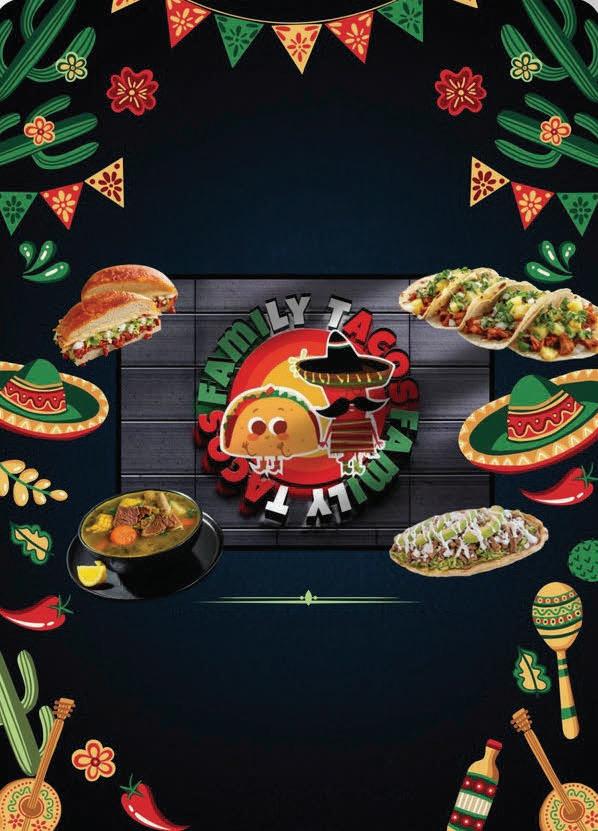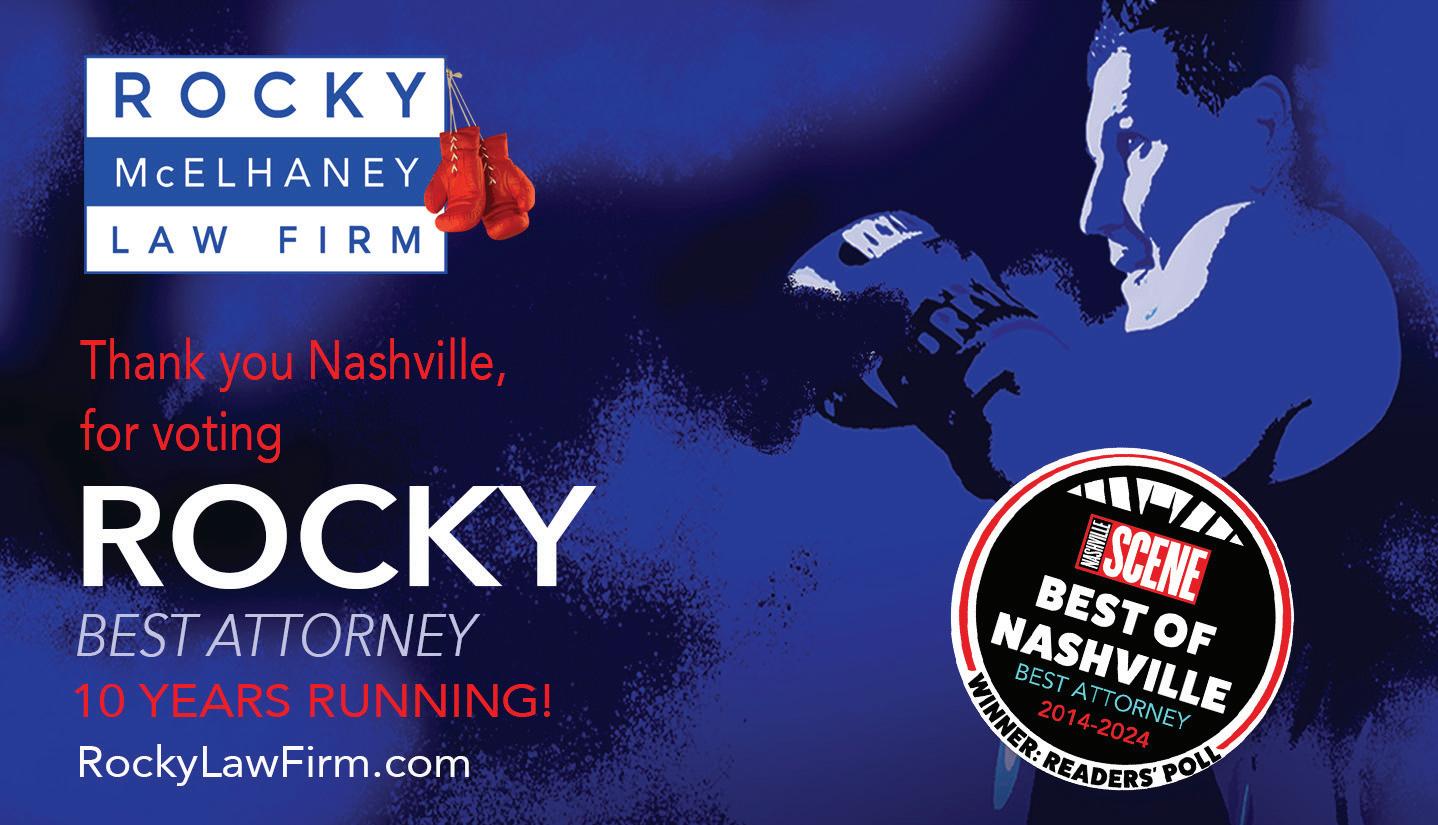




FOOD & DRINK: NASHVILLE LURES IN NEW ORLEANS’ LITTLE MISS MAO, TURKEY AND THE WOLF AND OTHERS
>> PAGE 29











FOOD & DRINK: NASHVILLE LURES IN NEW ORLEANS’ LITTLE MISS MAO, TURKEY AND THE WOLF AND OTHERS
>> PAGE 29





In 1970, liberal neighbors organized against white flight and transformed Nashville’s inner city. Today, teardowns are selling for more than a million dollars.

BY ALEX PEMBERTON










Rosanne Cash wore these handmade Charlie Dunn boots, embossed with moons, stars, and her initials, on the cover of King’s Record Shop, her 1987 album featuring four chart-toppers— “The Way We Make a Broken Heart,” “Tennessee Flat Top Box,” “If You Change Your Mind,” and “Runaway Train.”
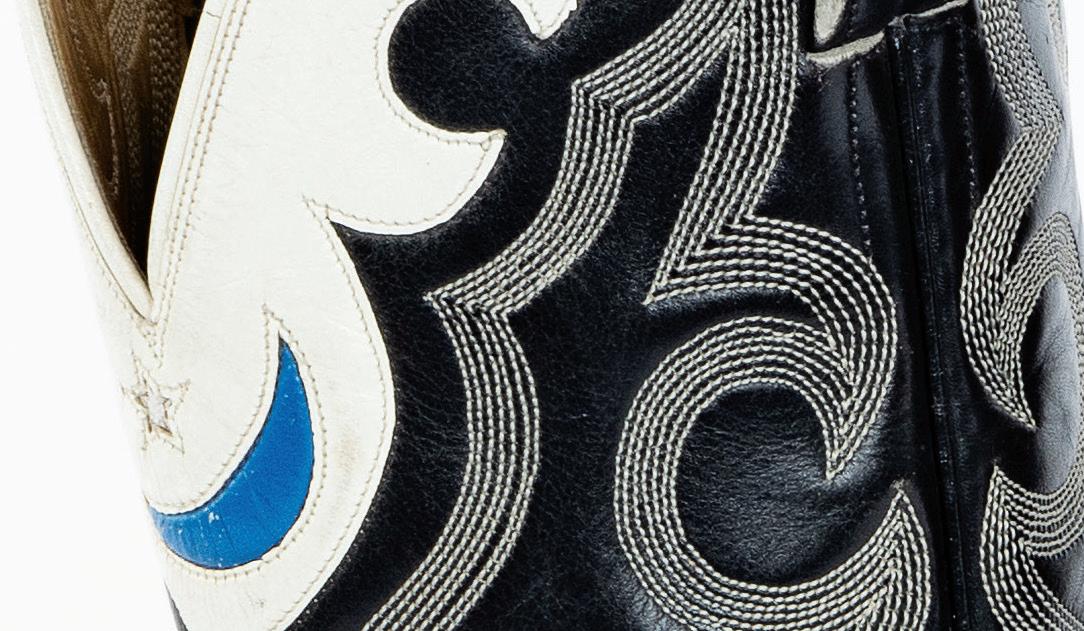


artifact




From the exhibit Rosanne Cash: Time Is a Mirror
RESERVE TODAY




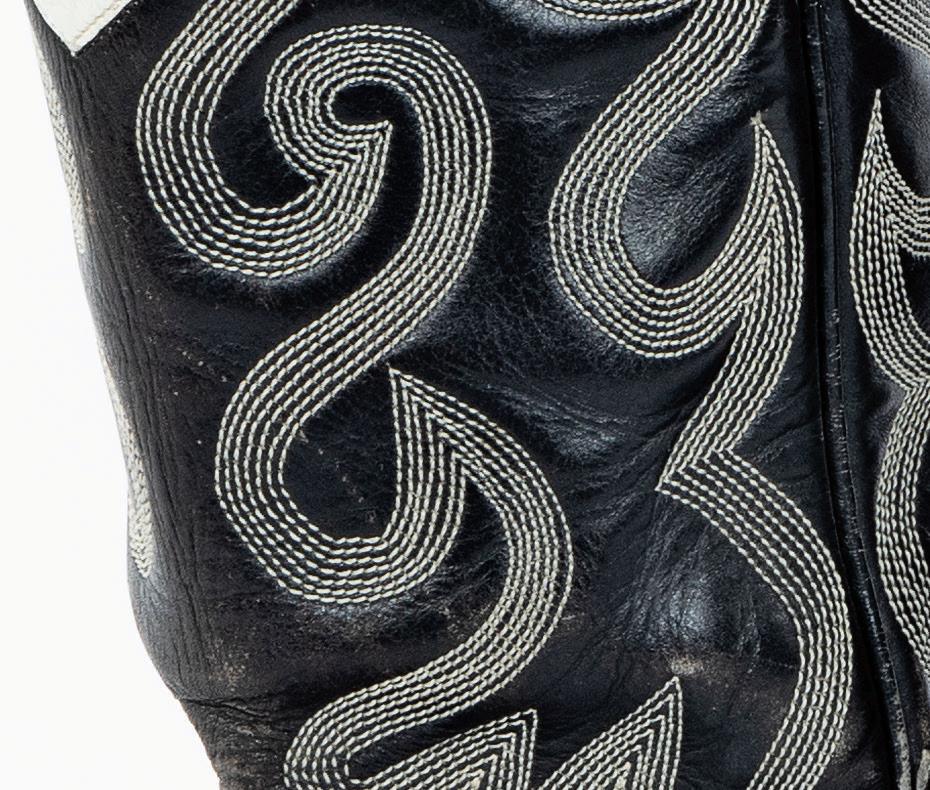






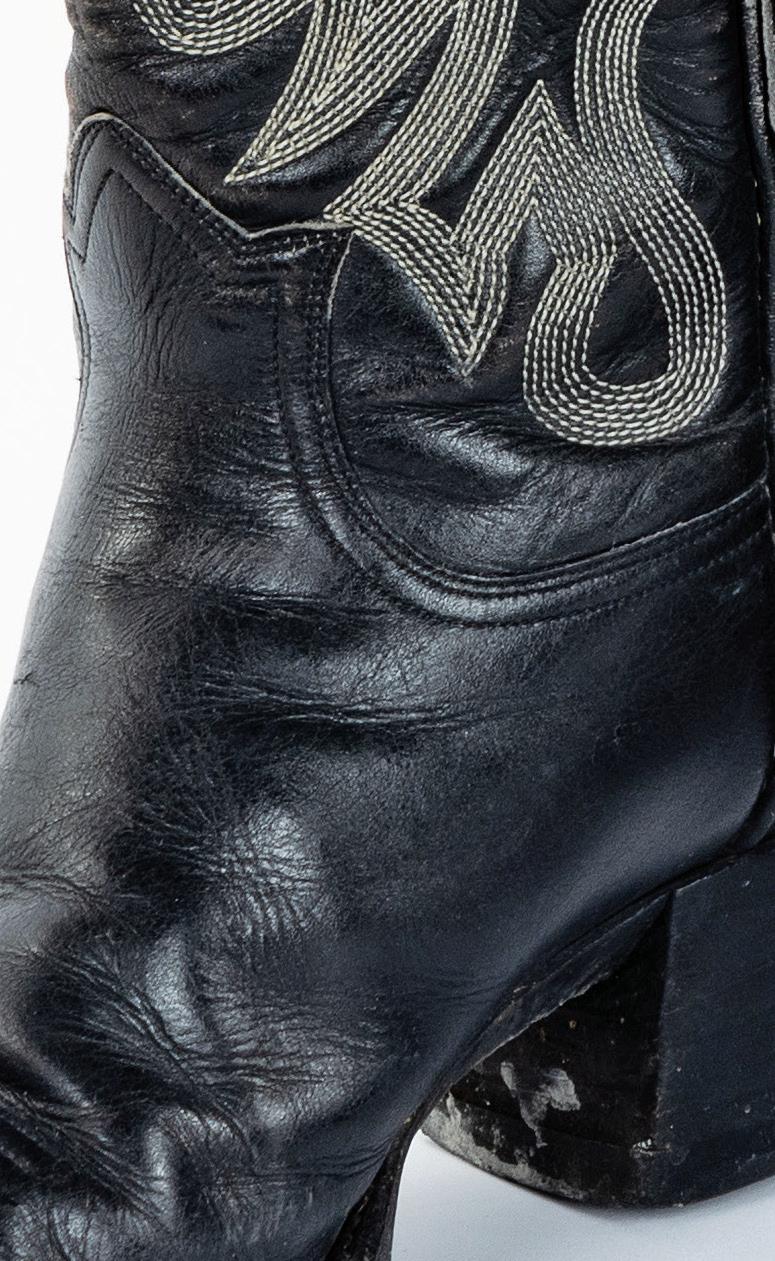












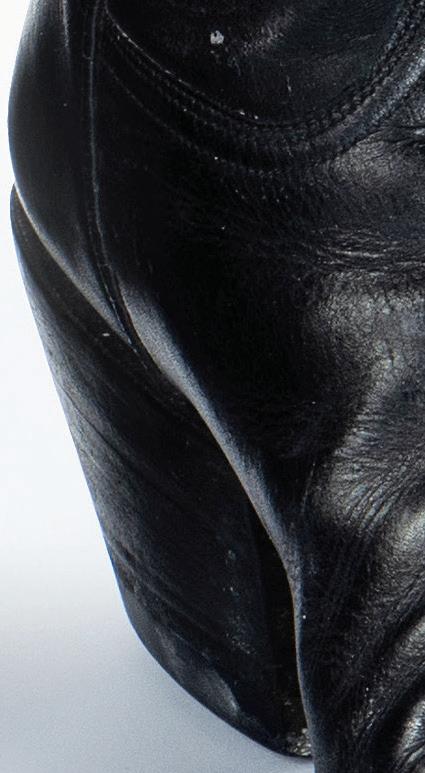








Western Highland Rim Forest Seeks to Unite Nashville’s Major Parks
Amid the city’s development boom, advocates try to conserve the mature tree canopy BY
ELI MOTYCKA
Trump Admin Looks to Dismantle Institute of Museum and Library Services
Here’s how we could see an impact on the state and local levels BY JULIANNE AKERS
Pith in the Wind
This week on the Scene’s news and politics blog
The Battle for Belmont-Hillsboro
In 1970, liberal neighbors organized against white flight and transformed Nashville’s inner city. Today, teardowns are selling for more than a million dollars. BY
ALEX PEMBERTON
Lorenzo Washington Day Gala, Megan Moroney, Tiana Clark, The Weather Station and more
Big Easy
Nashville lures in New Orleans’ Little Miss Mao, Turkey and the Wolf and others BY ELLEN FORT

Color Lines
In Black in Blues, Imani Perry follows a thread of blue through Black history and culture BY KIM GREEN; CHAPTER16.ORG
Fiery Gems for You
Focused on the personal and political, Graham Nash looks to bring ‘relative peace’ to his CMA Theater shows BY JULIANNE AKERS
Sure Hits
A week of shows pays tribute to the career of Bobby Bare BY EDD HURT
Crawl Space: April’s Highlights Include Portraits, Butterflies and a Tribute to Love Island
Chase Williamson at Coop and a strong pairing of artists at Neue Welt top our list of art-crawl must-sees BY JOE NOLAN
Ties That Bind
Rainelle Krause discusses her debut with Nashville Opera in the title role of Lucia, the Bride of Lammermoor BY AMY STUMPFL
The Spin
The Scene’s live-review column checks out Knoxville’s Big Ears Music Festival BY JASON SHAWHAN


FILM
Nostalgia Is the Noose Hell of a Summer is comfy, sharp comedy-horror BY JASON SHAWHAN
NEW YORK TIMES CROSSWORD AND THIS MODERN WORLD MARKETPLACE ON THE COVER: Image: Google Earth
SUBSCRIBE
NEWSLETTER: nashvillescene.com/site/forms/subscription_services
PRINT: nashvillesceneshop.com
CONTACT TO ADVERTISE: msmith@nashvillescene.com
EDITOR: prodgers@nashvillescene.com



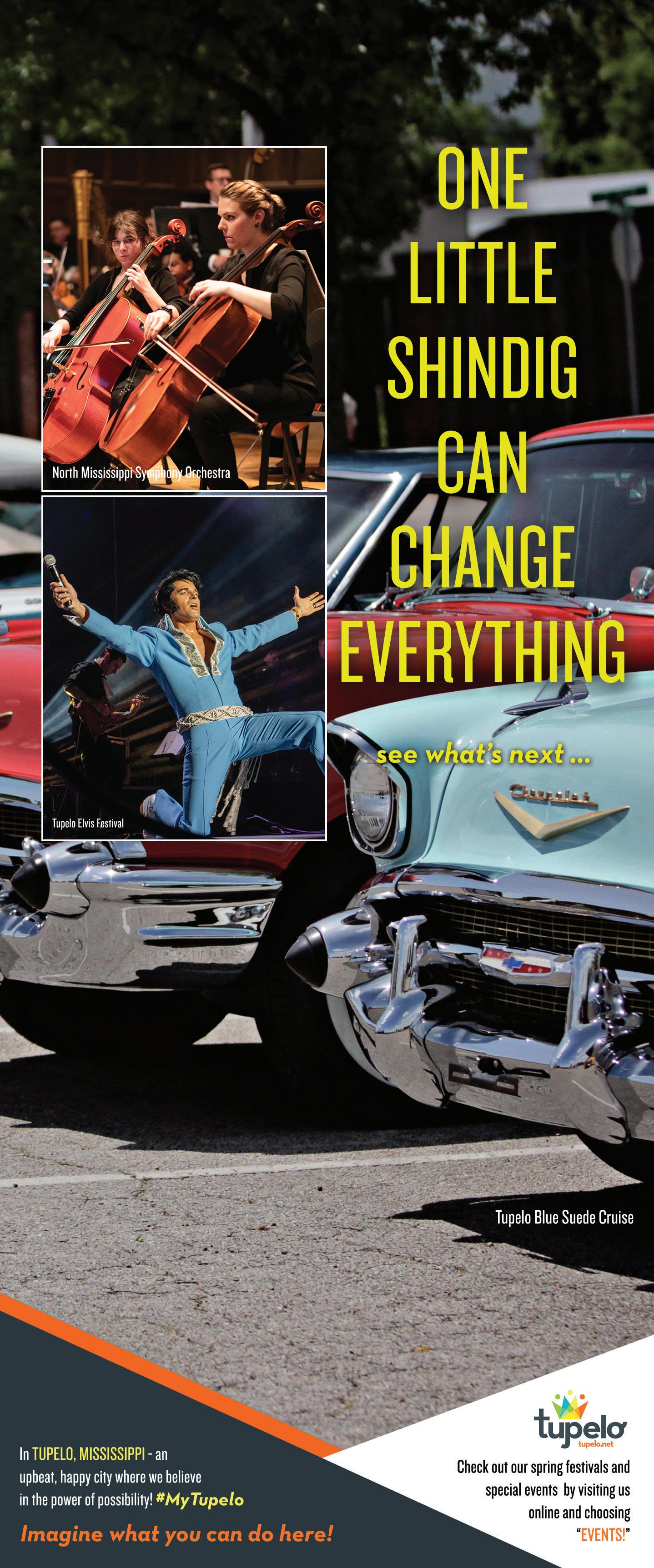
EDITOR-IN-CHIEF D. Patrick Rodgers
MANAGING EDITOR Alejandro Ramirez
SENIOR EDITOR Dana Kopp Franklin
ARTS EDITOR Laura Hutson Hunter
MUSIC AND LISTINGS EDITOR Stephen Trageser
ASSOCIATE EDITOR Cole Villena
CONTRIBUTING EDITOR Jack Silverman
STAFF WRITERS Julianne Akers, Logan Butts, John Glennon, Hannah Herner, Hamilton Matthew Masters, Eli Motycka, Nicolle Praino, William Williams
SENIOR FILM CRITIC Jason Shawhan
EDITORIAL INTERN Bailey Brantingham
CONTRIBUTING WRITERS Sadaf Ahsan, Ken Arnold, Ben Arthur, Radley Balko, Bailey Brantingham, Ashley Brantley, Maria Browning, Steve Cavendish, Chris Chamberlain, Rachel Cholst, Lance Conzett, Hannah Cron, Connor Daryani, Tina Dominguez, Stephen Elliott, Steve Erickson, Jayme Foltz, Adam Gold, Kashif Andrew Graham, Seth Graves, Kim Green, Amanda Haggard, Steven Hale, Edd Hurt, Jennifer Justus, P.J. Kinzer, Janet Kurtz, J.R. Lind, Craig D. Lindsey, Margaret Littman, Sean L. Maloney, Brittney McKenna, Addie Moore, Marissa R. Moss, Noel Murray, Joe Nolan, Katherine Oung, Betsy Phillips, John Pitcher, Margaret Renkl, Daryl Sanders, Nadine Smith, Ashley Spurgeon Shamban, Amy Stumpfl, Kay West, Nicole Williams, Ron Wynn, Kelsey Young, Charlie Zaillian
ART DIRECTOR Elizabeth Jones
PHOTOGRAPHERS Angelina Castillo, Eric England, Matt Masters
GRAPHIC DESIGNERS Sandi Harrison, Tracey Starck, Mary Louise Meadors
GRAPHIC DESIGN INTERN Anna Creviston
PRODUCTION COORDINATOR Christie Passarello
MARKETING AND EVENTS DIRECTOR Robin Fomusa
BRAND PARTNERSHIPS AND EVENTS MANAGER Alissa Wetzel
DIGITAL & MARKETING STRATEGY LEAD Isaac Norris
PUBLISHER Mike Smith
ASSOCIATE PUBLISHER Michael Jezewski
SENIOR ADVERTISING SOLUTIONS CONSULTANTS
Teresa Birdsong, Olivia Britton, Carla Mathis, Heather Cantrell Mullins, Niki Tyree
ADVERTISING SOLUTIONS CONSULTANTS
Kailey Idziak, Rena Ivanov, Allie Muirhead, Andrea Vasquez
SALES OPERATIONS MANAGER Chelon Hill Hasty
ADVERTISING SOLUTIONS ASSOCIATES Audry Houle, Jack Stejskal
SPECIAL PROJECTS COORDINATOR Susan Torregrossa
PRESIDENT Mike Smith
CHIEF FINANCIAL OFFICER Todd Patton
CORPORATE CREATIVE DIRECTOR Elizabeth Jones
IT DIRECTOR John Schaeffer
CIRCULATION AND DISTRIBUTION DIRECTOR Gary Minnis FW PUBLISHING LLC


contributing
email editor@nashvillescene.com. Editorial Policy: The Nashville Scene covers
and entertainment. In our pages appear divergent views from across the community. Those views do not necessarily represent those of the publishers. Subscriptions: Subscriptions are available at $150 per year for 52 issues. Subscriptions will be posted every Thursday and delivered by third-class mail in usually five to seven days. Please note: Due to the nature of third-class mail and postal regulations, any issue(s) could be delayed by as much as two or three weeks. There will be no refunds issued. Please allow four to six weeks for processing new subscriptions and address changes. Send your check or Visa/MC/AmEx number with expiration date to the above address.
In memory of Jim Ridley, editor 2009-2016

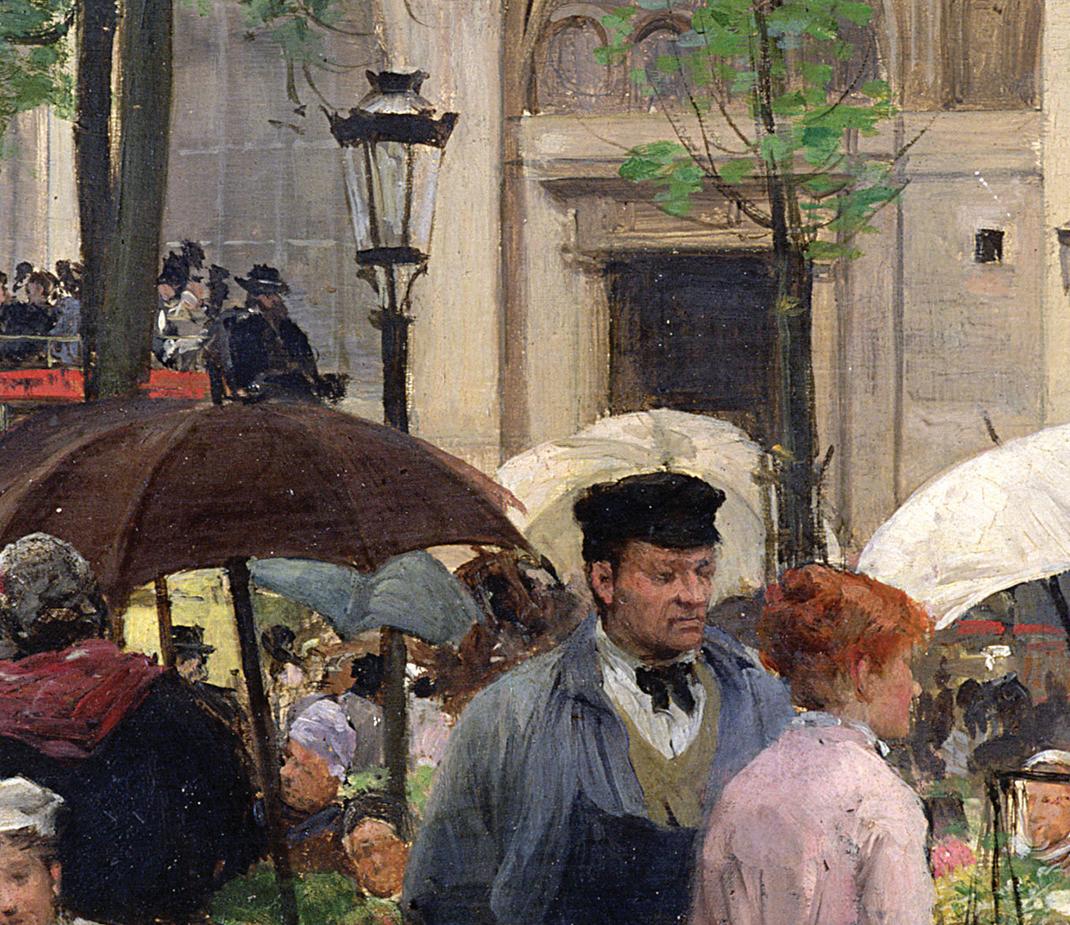






The Frist Art Museum presents Farm to Table: Art, Food, and Identity in the Age of Impressionism, an exhibition that focuses on late 19th-century France and showcases approximately 50 paintings and sculptures by well-known artists who sought to capture the nation’s unique relationship with food—from production to presentation and consumption.
Tennessee Harvest, 1870s–1920s , a companion exhibition running concurrently, highlights connections between paintings created in Tennessee or by Tennesseans and artworks featured in Farm to Table





Specifically designed for your kids entering 1st–5th Grades, our weekly summer camps encourage exploring, creating, and innovating.








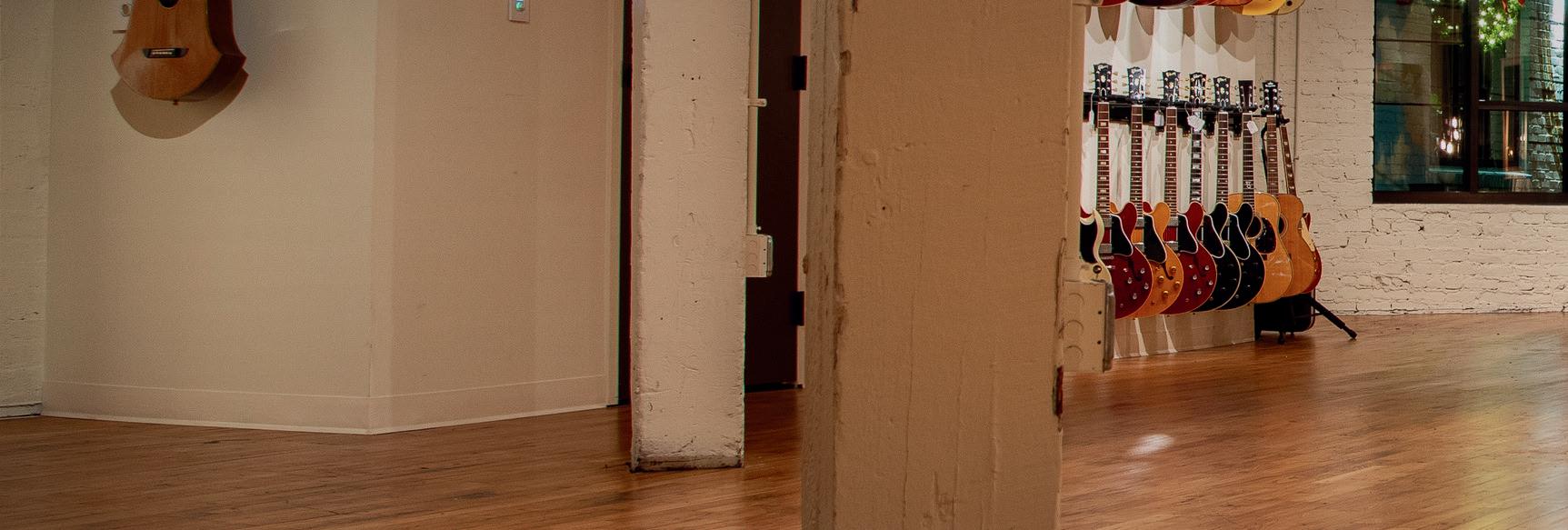





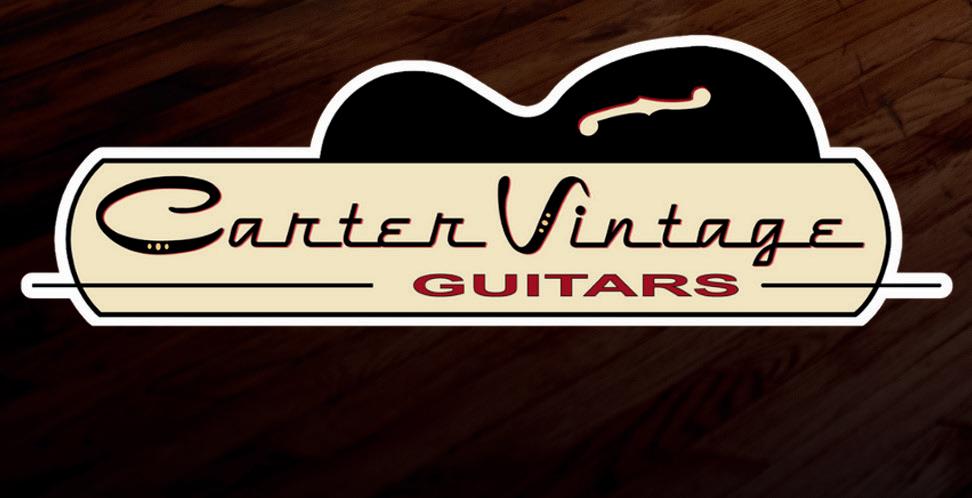




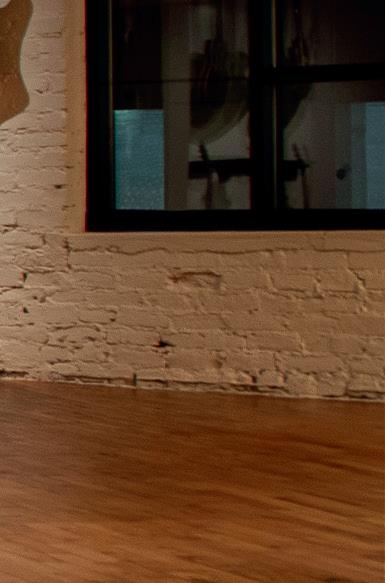



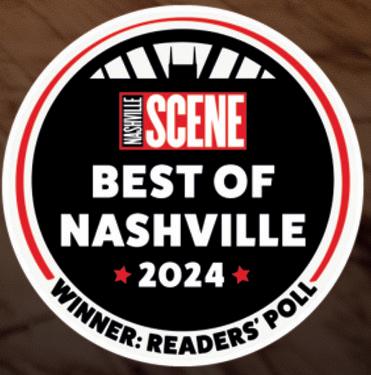



Amid the city’s development boom, advocates try to conserve the mature tree canopy
BY ELI MOTYCKA
If thousands of trees grow together, covering hillsides and hollows, at what point do they become a forest?
A small group of well-connected Nashvillians has spent the past few years learning exactly how difficult it is to answer that question. Most recently, lead volunteer Judson Newbern is after a Wikipedia page.
“The wooded hills around the western border of Nashville actually constitute a continuous forest that extends into surrounding counties,” Newbern tells the Scene. “This turns out to be a part of the ‘Western Highland Rim Forest.’ We want to give that portion that falls within Davidson County a name and to make sure it is recognized. Forests with a name on [them] get more respect than undifferentiated woodlands.”
The Alliance to Conserve Nashville’s Highland Rim Forest came together 18 months ago and counts former Nashville Mayor Karl Dean, environmental attorney (and Dean’s wife) Delta Anne Davis, StyleBlueprint co-founder Elizabeth Fox and longtime conservationist Kathleen Williams among its tight-knit leadership. Newbern led major real estate and campus expansion projects at Vanderbilt for more than 30 years. The group promotes its partnership with nearly every Nashville environmental nonprofit — and there are a lot — but currently coalesces around its own two-pronged strategy: Brand the forest, then save it.
Sun, oxygen and rain have already done the hard work required to grow the vast canopy across the Western Highland Rim, geologists’ name for the cuesta that cradles Middle Tennessee. State documents refer to the area’s woods in plural, as forests rather than one contiguous entity. The “Western Highland Rim Forests” were listed among 20 “Conservation Opportunity Areas” in the Tennessee Wildlife Action Plan, a comprehensive document from 2015 that emphasizes areas across the state for conservation. Newbern and his fellow advocates have seized on the slice that falls within Davidson County, determining that Nashville has “the world’s largest urban forest within the limits of any city of 500,000.” (The population qualifier is necessary to distinguish from the densely forested Sitka, Alaska.) They want the rest of us to see a forest in the trees. Securing an article from another news source would help with the Wikipedia article, Newbern tells me — another small action toward the larger goal.
Maps suggest the overarching forest’s boundaries could span more than 10 counties

from Joelton to Pulaski. In Davidson County, the Western Highland Rim Forest would unite Beaman, Bells Bend, Percy Warner and Radnor Lake parks. Formal recognition is a semantics dance that can confer rights, respect, power and protection.
“Our thinking is that, if you are a property owner and you see the city marketing ‘Nashville’s Highland Rim Forest,’ you start noticing that it’s right where you live,” Newbern says. “ We’re totally up against developers, a lot of them who aren’t even in Nashville anymore, who have the inside track here. No one is standing them down.”
Newbern begins our interview describing
the group’s focus on the potential tourism and economic benefits of conserving this specific forest, explaining that protecting mature trees is far preferable to planting new ones and explicitly distancing the alliance from other “tree-huggers.” The group treads lightly around any political triggers that could hinder progress or generate backlash throughout state or local agencies. By the end of our interview, Newbern shares a motivating fear — that one day he would be on his deathbed ashamed he didn’t do more to protect a world ravaged by environmental destruction.
Branding the trees that pass by outside the car window on Highway 100 is a
IN DAVIDSON COUNTY, THE WESTERN HIGHLAND RIM FOREST WOULD UNITE BEAMAN, BELLS BEND, PERCY WARNER AND RADNOR LAKE PARKS. FORMAL RECOGNITION IS A SEMANTICS DANCE THAT CAN CONFER RIGHTS, RESPECT, POWER AND PROTECTION.
psychological strategy to change people’s minds. The Western Highland Rim Forest’s chief vulnerability is that the vast majority of its acreage lies within private property lines. Individual property owners with individual concerns will make individual decisions about individual trees; all these taken together, and the forest lives or it dies.
Deforestation, primarily by clear-cutting plots for building, threatens the forest with slow death. Developers have aimed specifically at northwest Nashville in recent years to find more — and cheaper — land. Builders have strong-armed the city and state to loosen regulations and prevent new ones. A dire housing crunch, in which limited supply keeps prices skyward, adds even more public pressure for building and associated project approvals. Directing the public consciousness to Nashville’s backyard forest helps facilitate the alliance’s more difficult maneuver: signing legal agreements with property owners to protect the forest in perpetuity.
The alliance directs interested property owners to TennGreen Land Conservancy, the nonprofit founded by Williams in 1998. Conservation easements are binding agreements to restrict certain uses like future development, resource extraction or subdividing property into smaller parcels. TennGreen estimates they have about 60 across the state, including one agreement protecting 1,400 acres of the Western Highland Rim Forest south of Nashville.
“The current landowner still owns their property, but often they have a special connection to their land or longtime memories there,” says Alice Hudson Pell, TennGreen’s executive director. “Conservation easements are one tool in the toolkit.”



Here’s how we could see an impact on the state and local levels
BY JULIANNE AKERS

PRESIDENT DONALD TRUMP appointed Keith E. Sonderling as the new acting director the Institute of Museum and Library Services on March 20. The agency now faces the threat of massive cuts after Trump issued an executive order the previous week calling for IMLS and six other departments to be “eliminated to the maximum extent consistent with applicable law.”
The March 14 executive order comes as the U.S. Department of Government Efficiency — headed by billionaire Elon Musk — has revoked government grants and funding, laid off thousands of federal workers and slashed diversity, equity and inclusion initiatives across national departments.
“I am committed to steering this organization in lockstep with this Administration to enhance efficiency and foster innovation,” says Sonderling in a statement. “We will revitalize IMLS and restore focus on patriotism, ensuring we preserve our country’s core values, promote American exceptionalism and cultivate love of country in future generations.”
The Tennessee State Library & Archives, which is headquartered in downtown Nashville and helps fund hundreds of libraries across the state, receives about $3.7 million from IMLS annually, according to Doug Kufner, a spokesperson for the office of the Tennessee Secretary of State. Kufner
says funding is authorized by law through IMLS’ Grant to States program, supported by the Library Services and Technology Act.
“We are hopeful this program will continue as it’s statutorily authorized and funded,” Kufner tells the Scene via email. “If IMLS funding were to be diminished or eliminated, we would work collectively with librarians, library trustees and communities to identify the most important library services we could continue to offer within the budget we have allocated.”
Kufner says funding is used to purchase material for public libraries in the Tennessee Regional Library System, provide professional development and continuing education opportunities for library employees, fund resources in the Tennessee Electronic Library and provide grants to libraries to replace outdated technology.
The Nashville Public Library and its various branches would likely be less impacted by the executive order due to it being a department of Metro Nashville and largely funded directly by local tax dollars. Still, NPL typically receives more than $1 million in state and federal grants.
“While NPL is aware of this executive order, we don’t yet know at this time what the impacts to the library could be,” library spokesperson Andrea Fanta tells the Scene. “We continue to
monitor this development.”
The nonprofit American Library Association opposed Trump’s executive order in a statement released on March 15.
“Americans have loved and relied on public, school and academic libraries for generations,” the statement reads. “By eliminating the only federal agency dedicated to funding library services, the Trump administration’s executive order is cutting off at the knees the most beloved and trusted of American institutions and the staff and services they offer.”
IMLS was created in 1996 by a majorityRepublican U.S. Congress, merging the National Commission on Libraries and Information Science and the Institute of Museum Services. Trump made several attempts to dismantle IMLS during his first term, but those efforts were ultimately blocked by Congress. ▼

Discussion of proposed gun reform legislation quickly turned into a heated exchange between state Reps. Justin Pearson (D-Memphis) and Andrew Farmer (R-Sevierville) last week. At the House Criminal Justice Subcommittee, Pearson presented a bill that would repeal Tennessee’s permitless carry law, noting an uptick in gun violence since that legislation was passed in 2021. Farmer criticized Pearson for his absence at the legislature in recent months due to his brother’s death from a self-inflicted gunshot wound in December. “It is a pathetic excuse for you to not answer the question of why we are doing nothing about the gun violence epidemic, then to personally attack me,” Pearson told Farmer. Also last week at the Capitol, protests against a bill targeting immigrant students continued, while newly minted Rep. Shaundelle Brooks (D-Nashville) moved forward legislation that would hold accountable people who provide a gun to someone who is not allowed to possess one by law.
Vanderbilt University will convene conservative elected officials, prominent military leaders and artificial intelligence executives at its Summit on Modern Conflict and Emerging Threats, hosted by the school’s new Institute of National Security on April 10 and 11. Keynote speakers include U.S. Sen. Marsha Blackburn, U.S. Rep. Mark Green, semiconductor chip researcher Chris Miller and Sam Altman CEO of OpenAI. (Altman will appear virtually.) The high-profile
event reflects Vanderbilt’s growing interest in Silicon Valley, artificial intelligence and the national security state under Daniel Diermeier who took over as chancellor in 2020.
Tennessee Attorney General Jonathan Skrmetti is going after birthright citizenship in an amicus brief recently filed with the U.S. Supreme Court. According to Scene columnist Betsy Phillips, the argument by Skrmetti — himself the descendent of European immigrants — is cruel and hypocritical. “Sir, you went to Harvard Law School,” writes Phillips. “You are not this dumb. You’re just being cruel.”
Metro and the Fallon Company announced Thursday details for the future public spaces to be part of the East Bank development. According to a release, the so-called Public Realm Framework plan for the East Bank Initial Development Area has been created in association with New York-based landscape and urban design firm Field Operations. Also last week, Mayor Freddie O’Connell announced Metro veterans Ben York and Anna Grider to lead the complex public-private development. The two will oversee the city’s ongoing efforts to develop a commercial and residential district around the new, $2.1 billion domed stadium being built for the Tennessee Titans

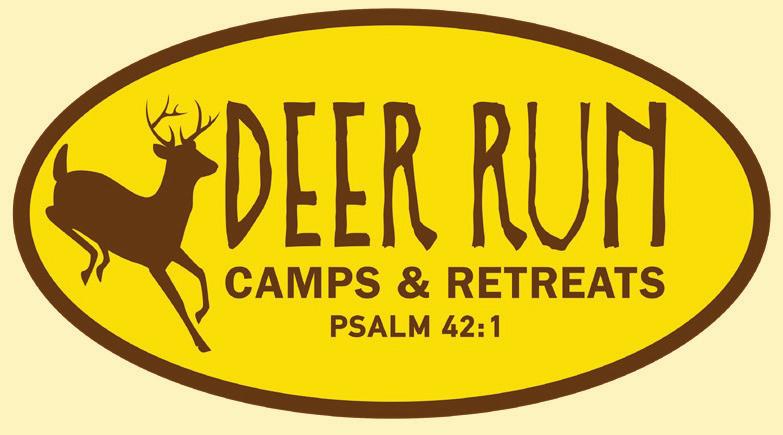




by Tiffany
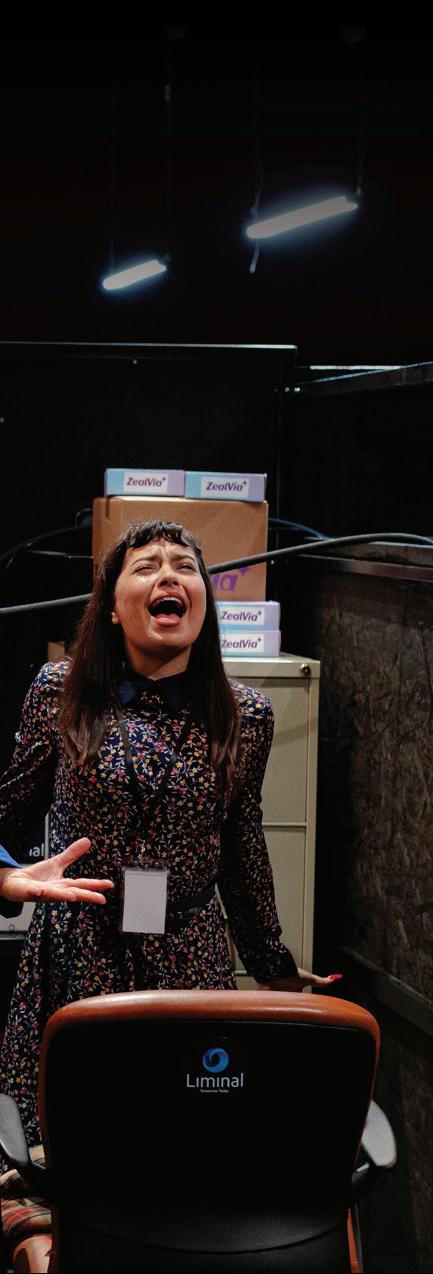

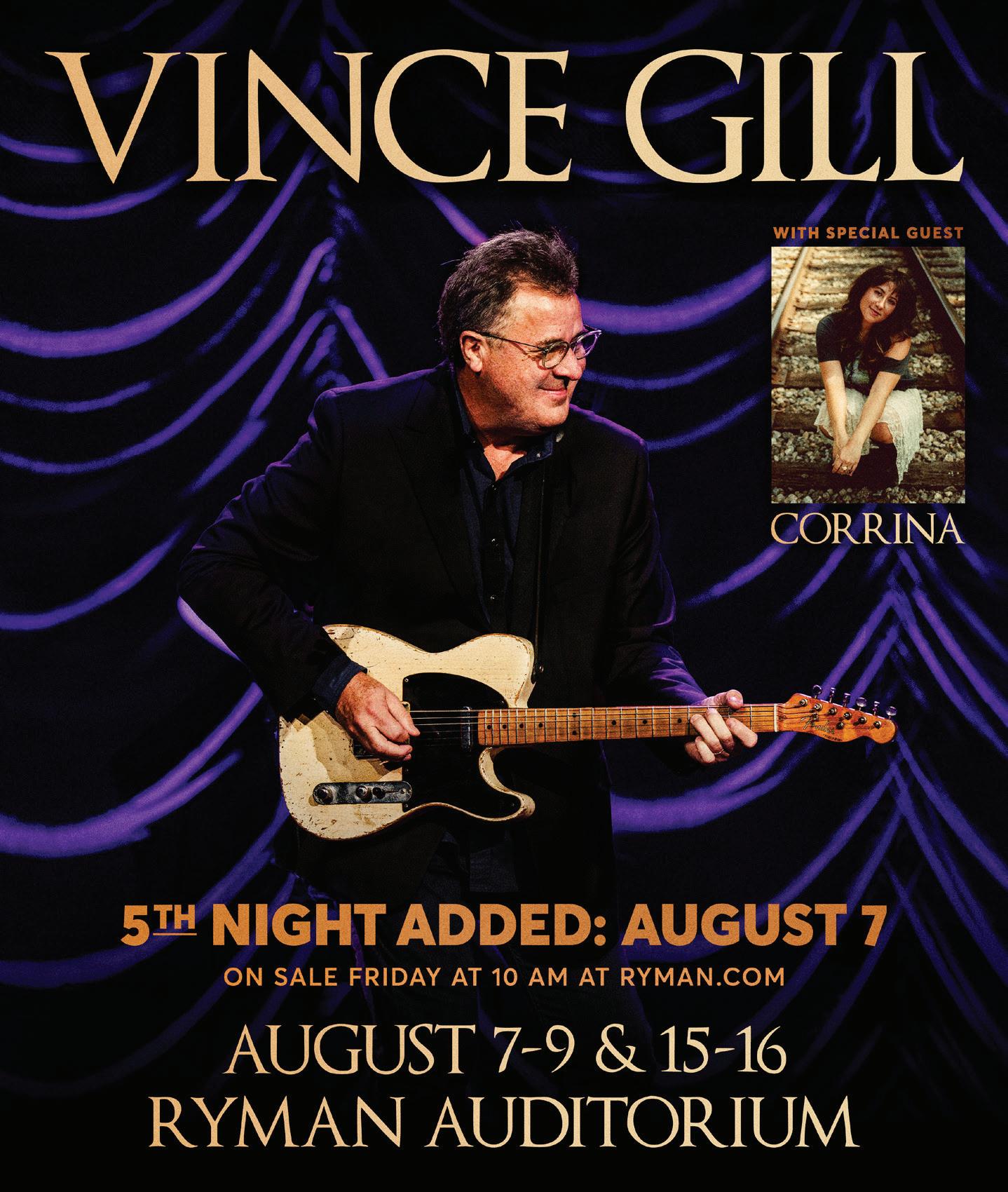
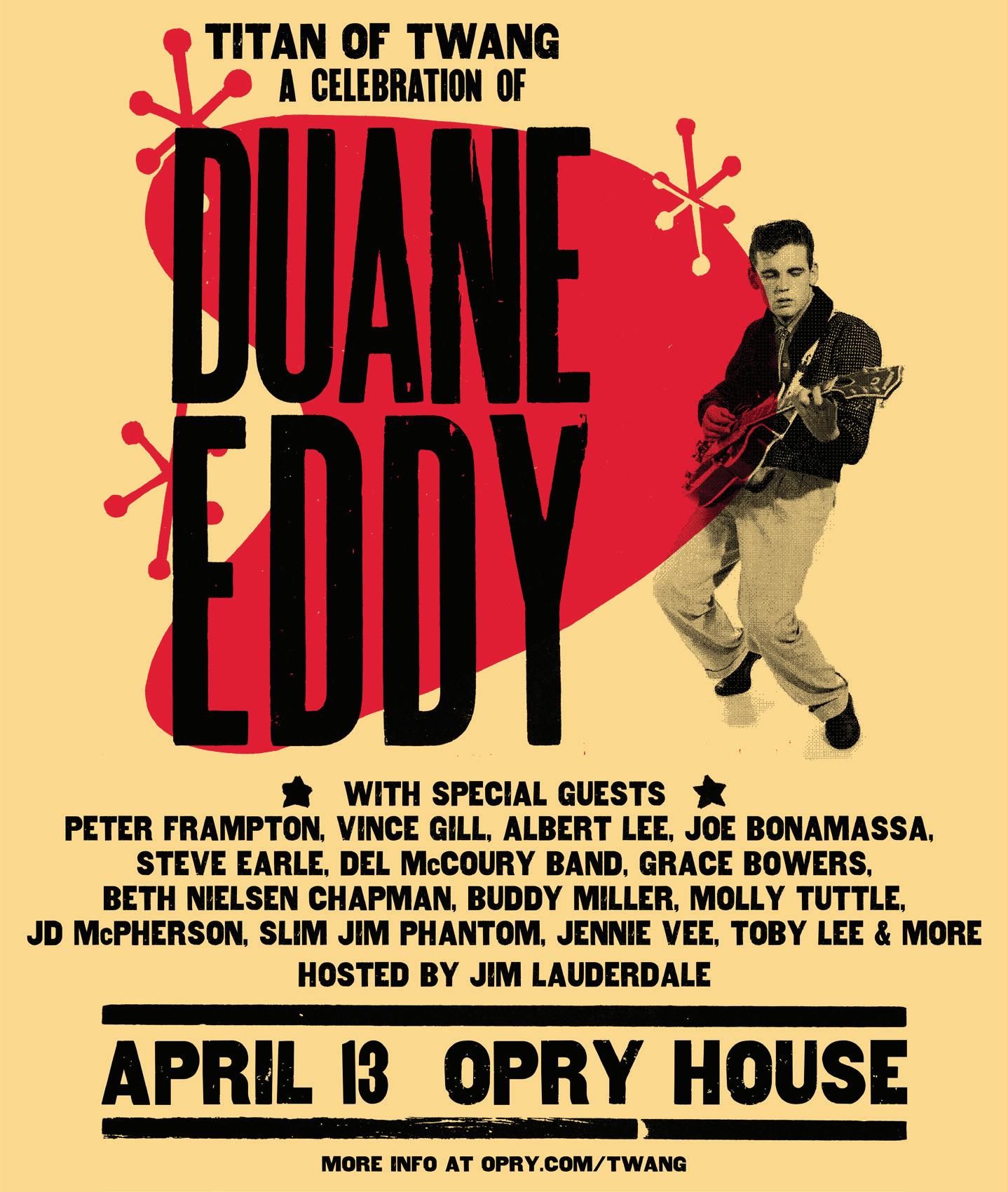







APRIL 19
SAMMY RAE & THE FRIENDS WITH ZINADELPHIA
APRIL 25
STAVROS HALKIAS
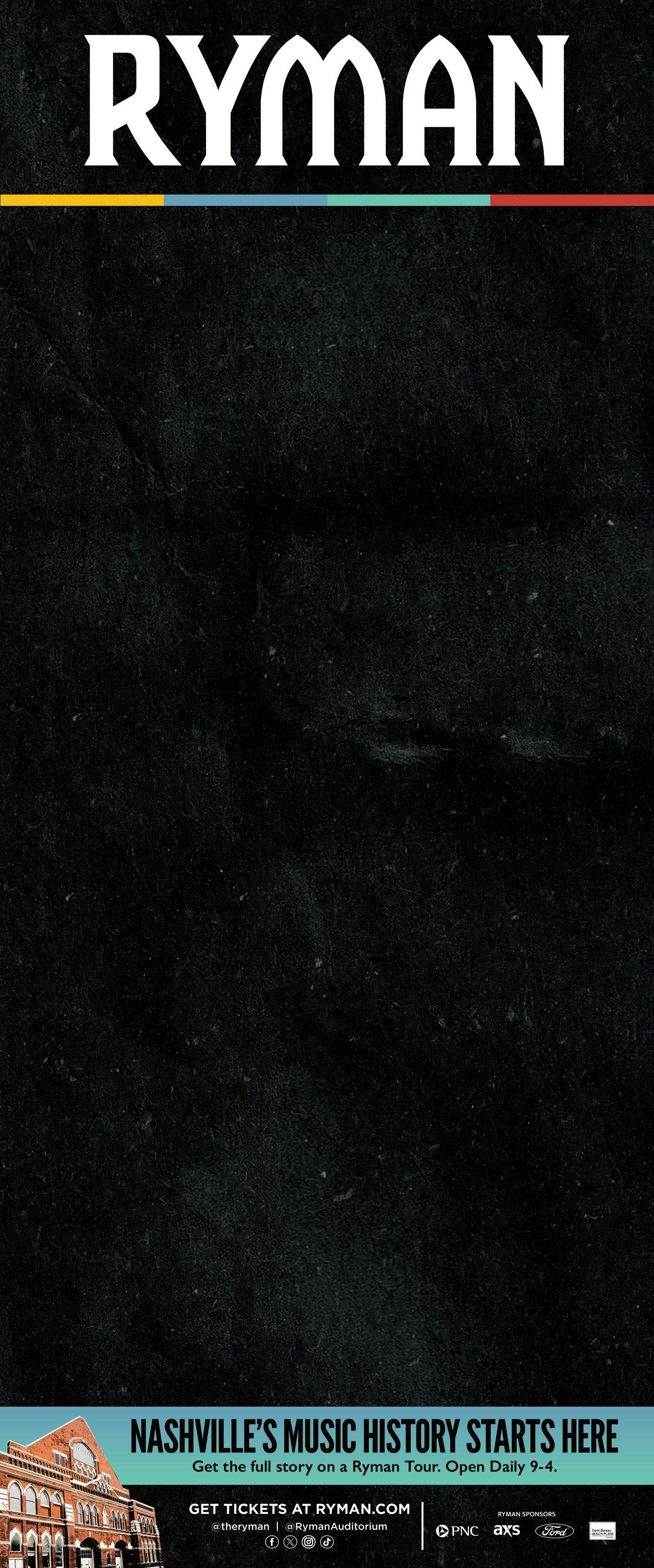
JUNE 3
STARS FOR SECOND HARVEST
WITH ERNEST AND FRIENDS ON SALE FRIDAY AT 10 AM
JULY 11
YO LA TENGO AND BUILT TO SPILL ON SALE FRIDAY AT 10 AM
AUGUST 25
FITZ AND THE TANTRUMS
WITH GABE PRICE AND FRIENDS ON SALE FRIDAY AT 10 AM
SEPTEMBER 25
MICHELLE BUTEAU ON SALE FRIDAY AT 10 AM
OCTOBER 20
SLEEPING AT LAST ON SALE FRIDAY AT 10 AM
In 1970, liberal neighbors organized against white flight and transformed Nashville’s inner city. Today, teardowns are selling for more than a million dollars.
BY ALEX PEMBERTON
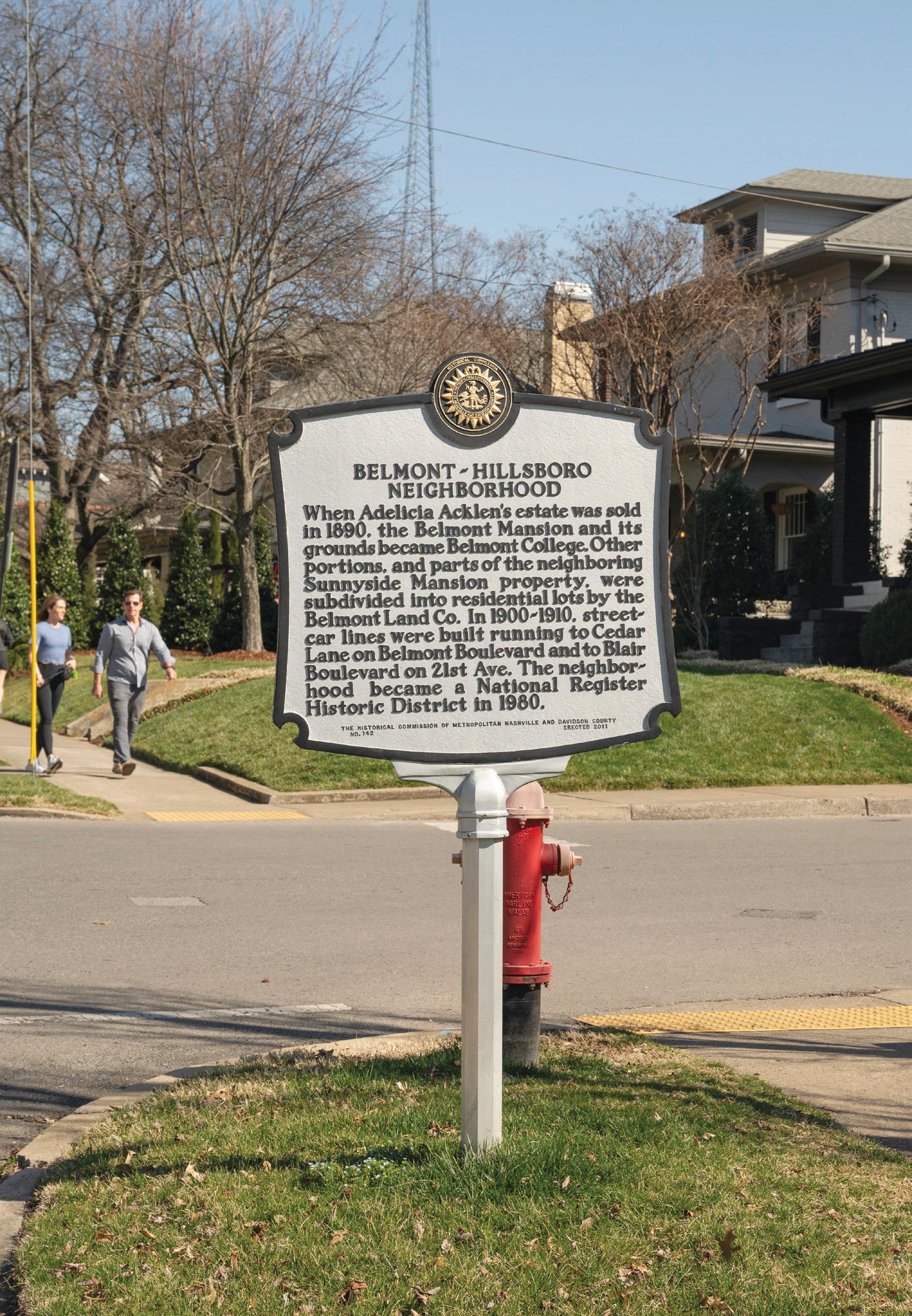
SWEETBRIAR AVENUE RUNS across the center of Belmont-Hillsboro, but it could be any street in Nashville’s old city limits. Sidewalks disappear and reemerge from one block to the next. One end is anchored by a strip of tired office buildings, the other by the 12South trinity — fancy tacos, bougie boutique clothiers and short-term rentals. The blocks between are an open-air museum of old architecture. The nondescript Hicks Tabernacle Baptist Church hides in a residential block — among the last of a vanishing legacy of historically Black churches in the area.
At 1703 Sweetbriar Ave., a midcentury duplex sold for $1.3 million in 2022 and marked the first million-dollar teardown in Nashville’s old inner city when it was replaced by a $4.4 million mansion. There’s a hole in the ground at 1812 Sweetbriar Ave., where a modest midcentury ranch lost its place on a million-dollar piece of dirt. Most recently, a 1961 brick duplex at 1712 Sweetbriar Ave. was bought for $1.25 million and has been approved for demolition to make way for a mansion measuring more than 6,000 square feet.
It takes only a day to demolish a million-dollar teardown, but the fate of these properties has been more than half a century in the making. Beneath its quietude and forever facades, Belmont-Hillsboro is the site where a radical revolution was launched in 1970 — a movement that transformed race relations and reshaped the entire city, just as it now threatens to erase its own noble legacy.
Fifty-five years after it began, the Battle for Belmont-Hillsboro rages on.
THE BATTLE FOR BELMONT-HILLSBORO began with urban renewal and highway construction, and it nearly ended with urban renewal and highway construction.
The Interstate 40 inner loop and the Edgehill
Urban Renewal Project displaced more than 2,000 households — 84 percent of them Black — into a housing market that restricted Black Nashvillians to small areas of the city. In Waverly-Belmont, adjacent to Edgehill, unscrupulous real estate agents capitalized on the demand shock with “blockbusting” tactics that stirred white homeowners to sell — a racial panic that tipped the neighborhood from essentially allwhite in 1960 to majority-Black by 1970.
Planning for I-440 was ramping up, which fed into fears that the highway would act as the “retaining wall of a new ghetto,” as The Tennessean put it, with its delineation of urban and suburban. In its coverage of the integration of Waverly-Belmont in 1967, The Tennessean questioned whether a popular quip was true — was integration “merely the interim between the time the first Negro moves in and the last whites move out”?
The answers soon arrived, as if they were called.
Ashley T. Wiltshire Jr. has lived in Nashville since 1969, but the decades have not erased his Virginia Tidewater accent. Born and raised in Richmond, he occasionally breaks from his nonrhotic diction to punctuate an important point with sharp R sounds. It is a small act symbolic of a life in resistance to the cultural baggage of Southern stereotypes and the historical truths that shaped them.
Wiltshire read the same Bible as his forebears, but he read it differently. His faith in the Word moved him to attend the Union Theological Seminary, join the Student Interracial Ministry and embark on a mission trip to Thailand. Wiltshire then arrived in Nashville — a city that, he notes, George Wallace carried in the presidential election the prior year — to attend Vanderbilt Law and launch a decades-long career with the Legal Aid Society.
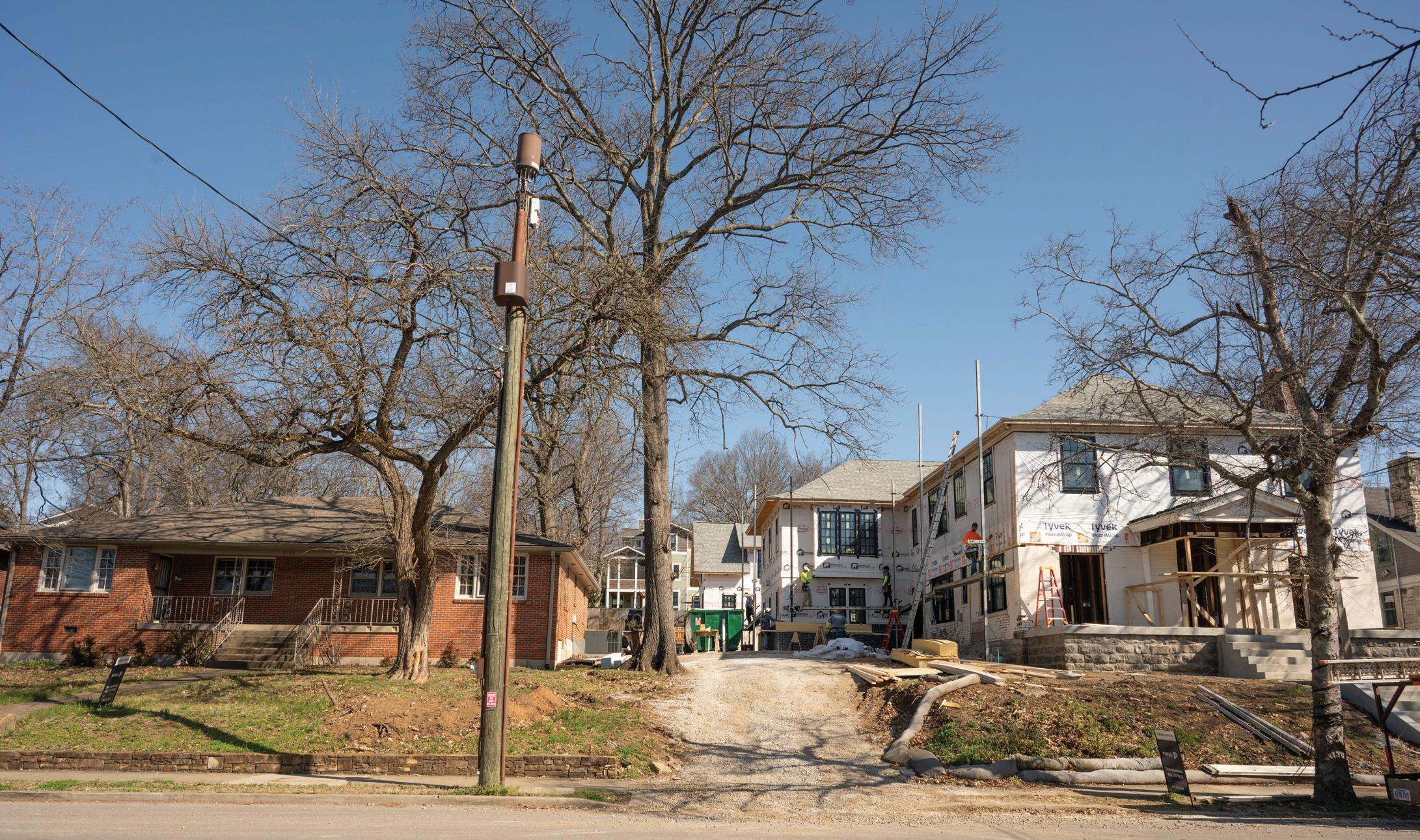
Wiltshire and his wife Susan found a rental house in Belmont-Hillsboro, with no special eye for the neighborhood. The house on Blair Boulevard just happened to be near the Vanderbilt campus — where Susan, herself an activist and a renowned scholar of the Classics, joined the faculty in 1971 — and affordable for the young couple. Rent was just $90 per month in 1969, around $775 in 2025 dollars.
The house was burgled multiple times in the Wiltshires’ first year. After one incident, Ashley Wiltshire recalls, the responding officer offered a simple piece of advice to prevent a recurrence: “Move out of this neighborhood.”
Then a fellow traveler moved in, as an appointment to the faculty of the Vanderbilt Divinity School brought Gene TeSelle to the neighborhood in 1969. TeSelle, too, was a man of liberal faith, a seminarian and a newcomer to Nashville, fresh from a professorship at Yale. His scholarship centered on St. Augustine, and his activism was as prolific as profound. But TeSelle’s most consequential cause was the neighborhood itself.
“Gene was a tremendous scholar and a real pioneer of urban neighborhoods,” Ashley tells the Scene. “I don’t know where he learned it.”
Archival materials reveal many sources, but none was more influential than the Rev. Bill Barnes, whose leadership of Organized Neighbors of Edgehill (ONE) formed “the only model” for what would become Belmont-Hillsboro Neighbors.
Belmont-Hillsboro was at a precipice. Planning theories at the time presumed neighborhoods had a natural life cycle — of birth, growth, decline and death or redevelopment. White homeowners on Belmont Boulevard repeatedly attempted to rezone the strip to commercial, one Black homeowner nearby told The Tennessean, “as a way to get out of a Black neighborhood and still make some money on their property.” If Belmont-Hillsboro fell to white flight, urban renewal
could emerge as an imminent threat.
In response, TeSelle hosted a series of backyard confabs in the summer of 1970. At a mass meeting in September, TeSelle outlined the purpose and potential of an organized Belmont-Hillsboro.
As he was quoted in Sal Rinella’s 1974 study “The Origin, Early History, and Development of the Belmont-Hillsboro Neighbors, Inc.”:
“A few neighbors met at our house during the summer and we got talking about our neighborhood. … It is what many people would call an ideal neighborhood — full of variety, economically, socially, racially. A good place to raise children, a good place to live.
“It is also a neighborhood with a future — there are many people who are tired of the suburbs and would like to live in closer. But such neighborhoods are in short supply … and often they are endangered by outside forces — commercial interests, real estate practices, threats of urban renewal. It seems … that such neighborhoods need to organize, become aware of what they have that they want to preserve, and learn how to preserve it.”
Belmont-Hillsboro Neighbors officially incorporated on Sept. 16, 1971. Most of its 29 founding members were part of the Edgehill UMC congregation, affiliated with a nearby university or both. All but one member — the Rev. Frank Horton — were white. They shared the radical belief that a stable, integrated neighborhood was possible — that it could be more than merely an interim moment.
Not everyone in the neighborhood shared that ideal. Susan Wiltshire recalls knocking at the door of a longtime resident while canvassing the neighborhood around the time BHN formally organized. Susan asked whether the resident was familiar with the association, to which the woman responded, “Yes, and we don’t want those communists in this neighborhood!”
Belmont-Hillsboro Neighbors’ revolutionary power was built by praxis — they were, above all, great neighbors. BHN organized an annual street fair to connect residents, threw holiday parties, created a neighborhood directory, distributed pamphlets with mortgage tips and recruited likeminded integrationists.
Neighborhood organizing was not novel in Nashville when BHN began, but it tended toward negative, crisis-oriented reactions. BHN instead sought a positive vision to guide the neighborhood through uncertainty — a stability of purpose documented in Building a Neighborhood: Yesterday, Today, Tomorrow
The 60-page booklet reads like the Civic Design Center’s long-lost demo tape. It expresses an appreciation for both near and distant pasts — the “modern brick duplex at 1712 Sweetbriar Avenue is designed to have general architectural harmony with the neighborhood’s older houses.” It envisioned bike lanes on Belmont Boulevard and a linear park instead of I-440. Though unsuccessful in stopping construction or redirecting funds to transit, BHN and allies won significant design concessions and zoning protections.
Racial integration through fair housing was central to the vision. BHN leaders, active in the private nonprofit Fair Housing Foundation, monitored real estate ads for coded language that sought to steer buyers by race and reported violations to federal authorities. The foundation built a network of pro-integration real estate agents, educated homeowners on how to resist blockbusters, and conducted audits to identify fair-housing violations.
Members also forcefully criticized exclusionary elements of Metro’s proposed consolidated zoning code and the proposed municipal incor-
poration of Harpeth Hills in Williamson County in 1973. The foundation, in a statement written by TeSelle, targeted regulations such as “minimum lot requirements, prohibition or restriction of multi-family developments, and other measures whose effect is to make it impossible for persons of low or moderate incomes to rent or purchase homes within the municipality.”
Just months later, TeSelle and BHN launched a fight on their own turf — against a proposed multifamily rental development on Hazelwood Avenue.
Wait … what? Isn’t that the definition of “not in my backyard”?
The context then was more complex than the NIMBY/YIMBY spectrum of today. In 1970, the share of renter households in Belmont-Hillsboro was 50 percent greater than the countywide rate. Original single-family houses were being converted, often illegally, to hold several apartments.
As Ashley Wiltshire, who was not involved in the Hazelwood case, puts it, “There was nothing wrong with rental housing. Susan and I were renters for our first couple years in the neighborhood. We weren’t second-class citizens. It was about a balance.”
The effort to balance benefits and burdens between urban and suburban coursed through every cause BHN founders championed — from school integration to fair housing to development to public investment. And it echoed efforts by contemporaries, both locally and nationally — from the Rev. Barnes’ work in Edgehill to a nationwide movement known as “Open Suburbs.” Roiled by change both realized and threatened, BHN brought Belmont-Hillsboro into balance. From the outside, it was a model for a new ethos of urban development.
MISSIONARIES AND THEIR CHILDREN
The early years of BHN were set against a backdrop of federal court orders that demanded the collapse of Nashville’s neighborhood-centric school system as a segregationist bulwark. Those actions threatened to set off a countywide wave of white flight — with all its social, political and fiscal consequences — to suburban school zones unaffected by busing and to outlying counties eager to appeal to white families.
If Belmont-Hillsboro fell to white flight, a series of dominoes would likely topple, from Hillsboro-West End to Richland and beyond. The fact that it didn’t fall proved the power of the Belmont-Hillsboro model for neighborhood conservation.
Metro Nashville adopted its first countywide land use policy plan in 1970, which it updated four years later to emphasize neighborhood conservation strategies. The urban renewal program ended the same year, in 1974, with funding reallocated to grants administered by the Metro Development and Housing Agency for various neighborhood conservation programs, including low-interest loans for homeowners to rehabilitate housing in districts like Waverly-Belmont. The Metropolitan Historical Commission shifted focus from an obsession with the Civil War to a program of historic zoning districts predicated on the presence of homeowner-centered neighbor-
hood groups.
Betty Nixon, who moved to Belmont-Hillsboro in 1971, won the district’s Metro Council seat on a pro-neighborhood platform four years later. What was then politically novel soon became standard — neighborhood associations formed in Hillsboro-West End, Richland and hundreds of other areas and grew into the primary pipeline for local political leadership.
Jessica Trounstine, a Vanderbilt University political scientist who studies how local politics create and perpetuate segregation, notes that the integrationist origins of Nashville’s neighborhood movement were unique. “The fact that this exists in Nashville’s history is incredible,” Trounstine says.
“Most homeowners’ groups that I have come across [elsewhere] were formed to create or maintain segregation,” directly or indirectly, Trounstine remarks. And after a pause: “But has it been able to maintain that identity?”
In a tragic irony, the tools and tactics Belmont-Hillsboro Neighbors used to maintain an integrated neighborhood, when given to every neighborhood, created a system that now threatens to erase its achievement.
Early 1970s policies to facilitate apartment construction in suburban Davidson County spurred economic and racial integration — but the full dream of Open Suburbs, both locally and nationally, died in a reactionary backlash that transformed land use politics into an even stronger shield for privileged homeowners. The zoning changes TeSelle hoped would follow sewer system expansion into suburban Davidson County never came to fruition.
Newcomers to urban districts used conservation strategies to remake neighborhoods, rather than cultivate their delicate diversity. Other neighborhood groups adopted Belmont-Hillsboro Neighbors’ stance on zoning stability and — stripped of its specific context and social commitments — used it to gatekeep walled gardens. The outcome was an astonishing rise in urban property values, in Belmont-Hillsboro and beyond.
“It reminds me of an old saying,” Ashley Wiltshire says. “‘The missionaries went to Hawai’i and did good. Their children started the pineapple plantations and did well.’ I think we did good with Belmont-Hillsboro. The truth is, we also did well.”
BY 2000, BELMONT-HILLSBORO was Nashville in miniature — its balance of Black and white residents, renter and homeowner, upper- and lower-income and in-between was reflective of the rest of the county. It was the model neighborhood in the third-most-integrated major city in America. It was exactly the neighborhood TeSelle had envisioned three decades earlier.
But then the balance began to shift. In April 2006, a house on Belmont Boulevard became the first residential sale to break the million-dollar threshold in the neighborhood. By the 2020s, the median sale price for single-family houses in Belmont-Hillsboro eclipsed the million-dollar mark. Now that’s the price of a parcel of dirt.
In the Belmont-Hillsboro of 2025, the marginalized are almost a memory, and even the middle class is increasingly crowded out by mansions of the moneyed. Residents question whether a 20th-century model for urban neighborhoods is viable today, but answers about an alternative are less than definitive.
District 18 Metro Councilmember Tom Cash has lived in the area nearly his entire life. His story mirrors those of many other longtimers — his family first moved into the upstairs apartment of a house on Cedar Lane in Belmont-Hillsboro, then to a duplex on Dallas Avenue before settling in a house in Hillsboro-West End. By the 2000s, that path had begun to disappear.
“There were a lot more homes that had an upstairs apartment,” Cash says. “Those have been going away for a couple of reasons. There’s a demand for single-family homes — and large single-family homes.”
Metro parcel records provide confirmation. The million-dollar teardowns on Sweetbriar Avenue exemplify a trend of small rental properties rapidly disappearing from the neighborhood, both through demolition and deconversion into single-family houses. Forty percent of the multiplexes in Belmont-Hillsboro in 2010 — 257 homes — have since been lost. Rentership in the neighborhood has fallen by half since 2000 and is now at half the rate of Davidson County.
But not all stats are shrinking. Since 2010, the size of the average single-family house has expanded by nearly one-quarter — almost 500 additional square feet — as small units are replaced by mansions and modest old houses receive massive additions. Although more than 1 million square feet of residential floor space has been added, Belmont-Hillsboro is down just one housing unit from where it was in 2010.
Housing types intersect with social equity, according to Metro Planning director Lucy Kempf. “Planning broadly sees housing-type diversity as an important component of sustaining racial and economic diversity,” says Kempf. “However, when supply is tight, upward rental and home price pressures will have the same narrower effect on demographics within moderate density housing as on other housing types.”
The Black population in Belmont-Hillsboro — excluding the Belmont University campus — dropped by more than 40 percent in the 2010s. Now just 5 percent of neighborhood residents are Black — less than one-quarter of the share that had been maintained for three decades since Belmont-Hillsboro Neighbors was founded to promote an intentionally integrated neighborhood. Belmont-Hillsboro now meets most of the technical criteria for a segregated neighborhood.
In our efforts to disprove that old, cynical quip about the futility of neighborhood integration, have we simply turned it around? Is an integrated neighborhood now the interim between the time the first Black family moves in and the last Black family is pushed out or bought out?
THE SECOND-BEST TIME
As it was a half-century ago, the change in
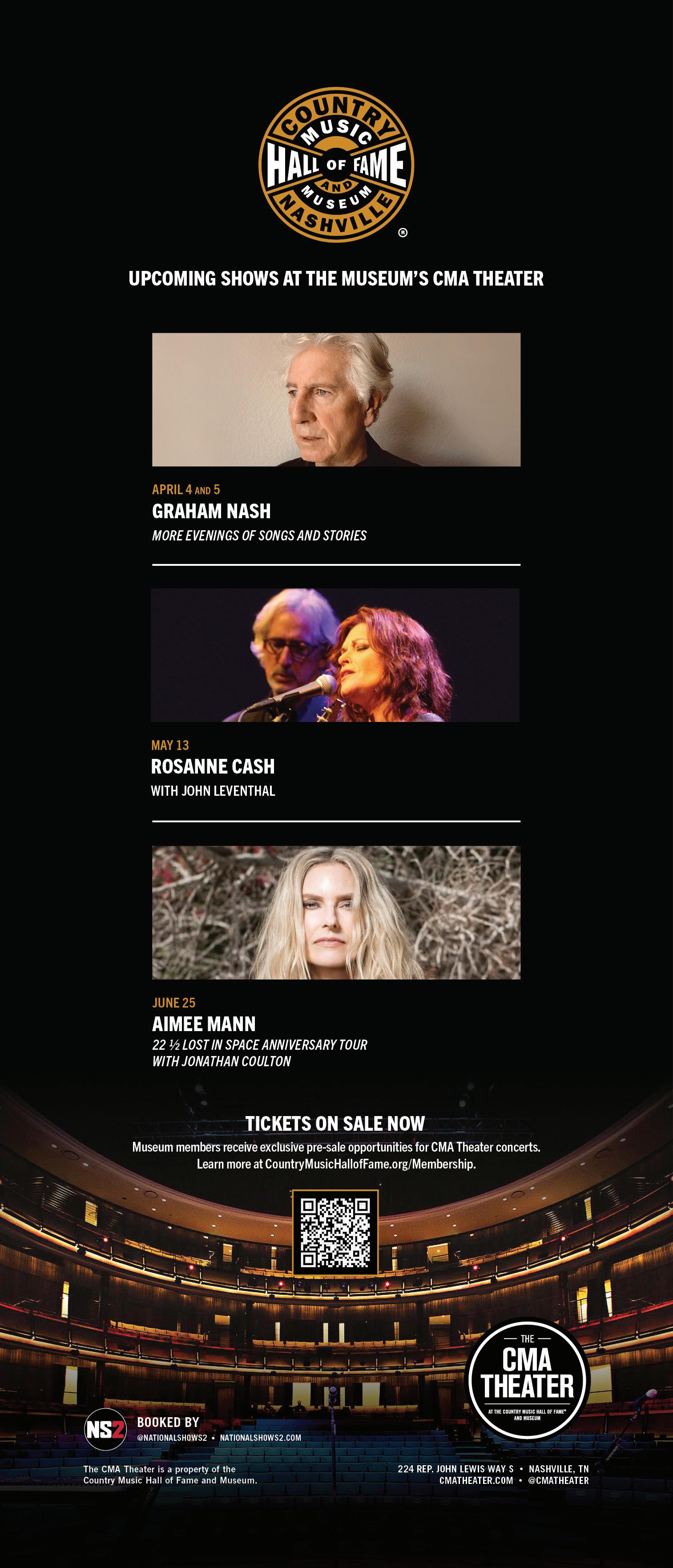
Belmont-Hillsboro is owed in large part to outside forces.
Several current and former Belmont-Hillsboro residents interviewed by the Scene note that racial retransition has been even more dramatic on the other side of 12th Avenue South. As racial attitudes softened, urban crime declined and residential preferences shifted, demand for well-located Waverly-Belmont exploded among well-off white homebuyers.
Some residents attribute high-end demand in urban neighborhoods to mass downzonings in Hillwood, West Meade and Green Hills. Others point to parallels in peer cities — gentrification and displacement are phenomena not unique to Belmont-Hillsboro or Nashville. Similar historical processes have occurred across the country.
Up against all these forces, what is a single neighborhood to do?
“Our neighborhood has faced changes and challenges over the last half-century, and our organization has continued to be a place for discussion and shared work to respond to those challenges,” the Belmont-Hillsboro Neighbors Inc. Steering Committee says in a statement to the Scene
Matt Wiltshire — son of BHN co-founders Ashley and Susan — believes some of the qualities his parents sought to preserve have persisted.
“It still feels like a friendly neighborhood,” says Matt Wiltshire of his block on Cedar Lane. “I know almost [everyone] … and we have a really close community.”
But the affordable housing executive and 2023 mayoral contender acknowledges that other changes have been dramatic.
“There are places that are continuing to gentrify across our city … and there are some assets within neighborhoods that I wish we’d been able to acquire and maintain as affordable 20 years ago,” Wiltshire says. “But the best time to plant an oak tree is 20 years ago. The second-best time is today.”
DOUG SLOAN FOUND stability in a neighborhood stabilized by Belmont-Hillsboro Neighbors’ shadow. Sloan “grew up going from apartment complex to apartment complex” in the Antioch area until the late 1970s, when a family friend who lived next door to Sloan’s grandmother offered his mother a sweetheart deal on a house in Hillsboro-West End. The move, he says, changed the course of his life and gave him a model for the vibrant, diverse neighborhoods Metro Planning was working to cultivate when he served as director from 2015 to 2017.
Sloan believes such dramatic countywide gentrification could have been avoided. Sloan says his predecessor as planning director, Rick Bernhardt, “through NashvilleNext, saw all of this coming and laid out the policies to address it.”
The policies might have been prescient, but the politics have proven perilous. A vacant lot at 21st Avenue South and West Linden Avenue has enticed several prospective developers of large apartment projects in recent years, aligned with the NashvilleNext vision for dense housing develop-
ment along major corridors. None has reached the community consensus needed to yield rezoning legislation in Nashville’s council-driven process.
“I have some constituents who would like to see more affordable housing,” Councilmember Cash tells the Scene. “I have some that would like for homes to be owner-occupied. That was one of the things that came up with the 21st and West Linden property. That’s not something that I can or want to negotiate. Metro Legal would tell me that’s not kosher, on a discriminatory basis.”
Councilmembers aren’t always so diligent, says Sloan, who now represents developers in rezoning cases. “It’s a conversation I’ve seen repeated all over this county. … Councilmembers hold themselves out as these great progressives, then they turn right around and ask me, ‘Are these for sale or for rent?’ They say they understand all these things, but the moment you approach them with a development that brings that level of density — even if it’s on a corridor — the first time they hear their community say, ‘I don’t want those people in my neighborhood,’ they vote against it.”
Trounstine, the scholar of segregation, bought a house across from the empty lot in 2023. “It’s funny because I study these things, and of all the people who could move across from an empty lot — from a developer’s perspective — you would want me,” she says with a laugh. “But nothing has occurred since we’ve lived there.”
NashvilleNext also called for denser development within neighborhood contexts, but few councilmembers have entertained the broad rezonings required to implement that vision due to a classic prisoner’s dilemma. If every district rezones, the effect may be dispersed — but if only one district rezones, it may receive concentrated redevelopment.
A suite of zoning legislation — introduced last year by at-large councilmember (and Belmont-Hillsboro resident) Quin Evans Segall — attempted to solve the collective action problem with allowances for denser development countywide. The result was a countywide backlash. Key elements were withdrawn — after a raucous public meeting on the Belmont University campus — to allow for further study by the Planning Department.
Beyond political perils, development trends and real estate arithmetic cast doubt on the potential for market-based “missing middle” housing in high-priced neighborhoods like Belmont-Hillsboro. Even the most modest multiplex cannot be affordable when the land underneath it costs $1.25 million. And the emergence of an ultra-luxury-mansion market crowds out even the upper-middle class — the developer of the 1712 Sweetbriar Ave. duplex could rebuild two large units in its place, but two households willing to share a wall can’t pay the premium that a mansion buyer will.
“If there isn’t a market solution, the answer is that the government must help,” Trounstine says.
“The only answer is public subsidy.”
But traditional affordable housing finance favors large projects, which conspires with

high land costs and the politics of privilege to concentrate affordable housing in marginalized communities.
Hannah Davis is trying to solve that puzzle. Davis leads housing innovation and policy work at the Housing Division of Metro Planning. She helped create the Nashville Catalyst Fund “to provide quick-deployment loans to preserve housing, particularly in high-cost neighborhoods like Belmont-Hillsboro, where affordability is a unique challenge.” The Catalyst Fund recently made its first loan on a quadplex in Madison.
Matt Wiltshire also sees potential in innovative finance. “It’s all just math,” he says about his work to preserve affordability with Pathway Affordable Housing Corp. He notes that the state recently passed legislation to allow cities to use industrial revenue bonds for affordable housing — one part in a financing model that has gained traction around the country.
Lucy Kempf, the current Metro Planning director and a Belmont-Hillsboro resident, points to another piece of state legislation — Senate Bill 2496/House Bill 2623, which passed last year and allows cities to offer density bonuses to market-rate developments that include affordable housing — as a key element to implement NashvilleNext. That legislation was drafted by Think Tennessee, an influential policy shop led by former Metro staffer and Belmont-Hillsboro resident Erin Hafkenschiel.
Neighborhood groups can also take affordable housing into their own hands. Mike Hodge, a veteran community organizer, recalls his work with South Nashville Action People to develop a fiveunit affordable housing project and encourage MDHA to build duplexes on vacant lots. It solved a problem for the neighborhood — the lots were dumping grounds and vectors for crime — and for the city.
Like the founders of BHN, Hodge is a member of Edgehill UMC and a student of the late Rev. Bill Barnes. When it comes to the role of neighborhoods today, he speaks in scripture: “Jeremiah 29:7 — seek the welfare of the city, for in its welfare you will find your welfare.”
The history of Belmont-Hillsboro — the neighborhood most at the vanguard of ideological, social and economic change over the past half-century — suggests that its status as the million-dollar teardown epicenter of Nashville’s urban core is not unique. It is simply the first. Others will follow unless a new model for diverse, vibrant neighborhoods can align housing finance, planning and politics.
The history of Belmont-Hillsboro also suggests that a new model for urban neighborhoods does not require total reinvention. The Belmont-Hillsboro Neighbors model was never an immutable set of dicta about zoning policies or public engagement — it was about studying the issues, identifying solutions and creating a collaborative vision for the welfare of the whole city.
“It’s heartening to see that there are people working on this problem today,” Ashley Wiltshire says. “There’s a sense in recent years that things are going the wrong way, and a lot of people want to make it better. That’s what Gene TeSelle did — he paid attention to what was going on and did something to make it better.”
Historical information and quotes are sourced from files in Belmont-Hillsboro Neighbors Inc. Records, Special Collections Division, Nashville Public Library, unless otherwise cited in the online version of this story. The author would like to thank Linda Barnickel and Chi Amaefula of the Special Collections Division for their assistance with archival research. ▼



















































































SHOP FROM 100 LOCAL AND REGIONAL ARTISTS SHOWCASING THEIR HANDMADE GOODS INCLUDING HOME DECOR, CLOTHING, PET PRODUCTS, JEWELRY, FINE ART AND MORE!














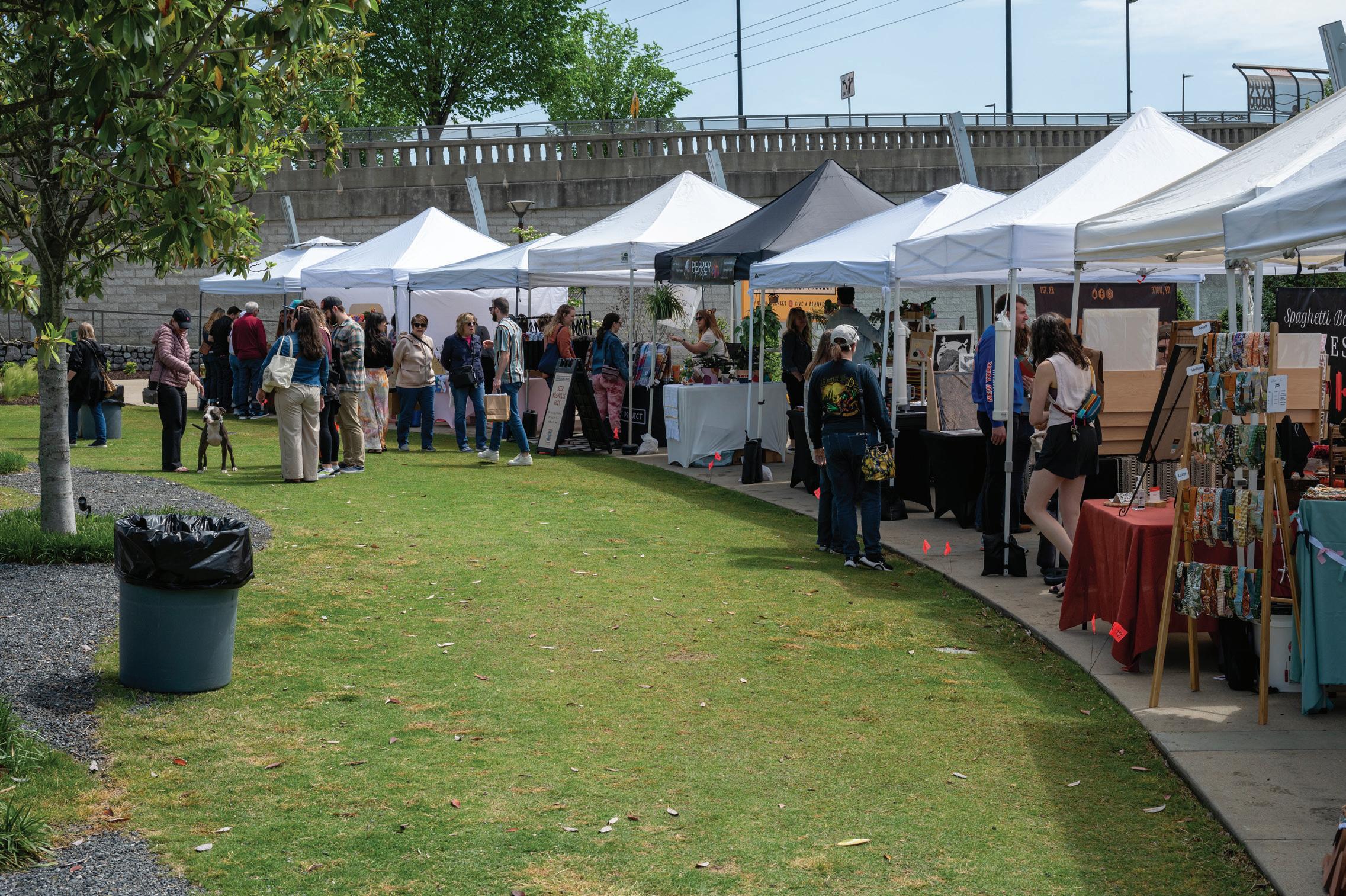
Feminist Candles | Flora + Moon | Florit and Fauna | Fluid Life by Sharon | Friendly Arctic Printing and Design FurEver Friends | Garner Blue | Ginger Mystic Jewelry | Hand & Fable | Heartfelt Treasures | Hello Wellness | Hey Fancy Plants | Hey J Design | Higher Ground Stones | Impeckable Birdhouse | J. Paris Designs | January Moon Jennie Okon | Kentucky Mix, LLC | Khromophilia | Lara Jean Doodles | Laura K Murdoch & As the Crow Flies and Co | Lavender & Blooms | Made in Glass | Maya | Papaya Art 82 | Megan Auman | mercer & jayne | Midnight Garden | Mini Kitty Designs | Modern Bronze | Mud to Magic Pottery | My Cluck Hut | NUJO Super Brew Oh Just Dandy | Ookaloos: Uniquely Kooky Curios | PearlSandSea Jewelry | Pepper Palm | Posse Paper Goods Potomac Candle | Princess and Papa | Pumpkidz LLC | Recycled Tribes | Rosmarino Candles | Sacred Harvest Co | Sammijean.clay | Santina Silly Prints + Gifts & Aria Joy Illustration | Sapphire Wood Studio | Solstice Handmade | SpaceBunzCo | Spaghetti Bolognese Press | Strings For Hope | Style by Steffi | Tasty Treats by Theeps | The Oatstraw Tea Company | The Sleepy Fig | The Woven Word | Two Spicy Mamas | Walden Farmacy | Weatherbeard Supply Co | Whispers of the Wild Art | White Dog Design Company | Wild Berries Press LLC | Wood + Wolfe
ENJOY FOOD TRUCK FARE FROM YOUR FAVORITE LOCAL VENDORS! 2025 VENDOR LINEUP
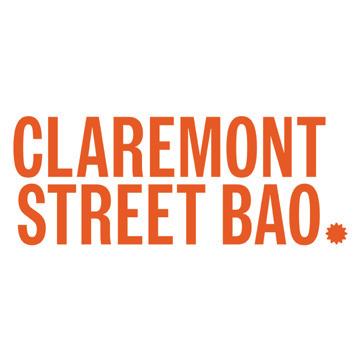














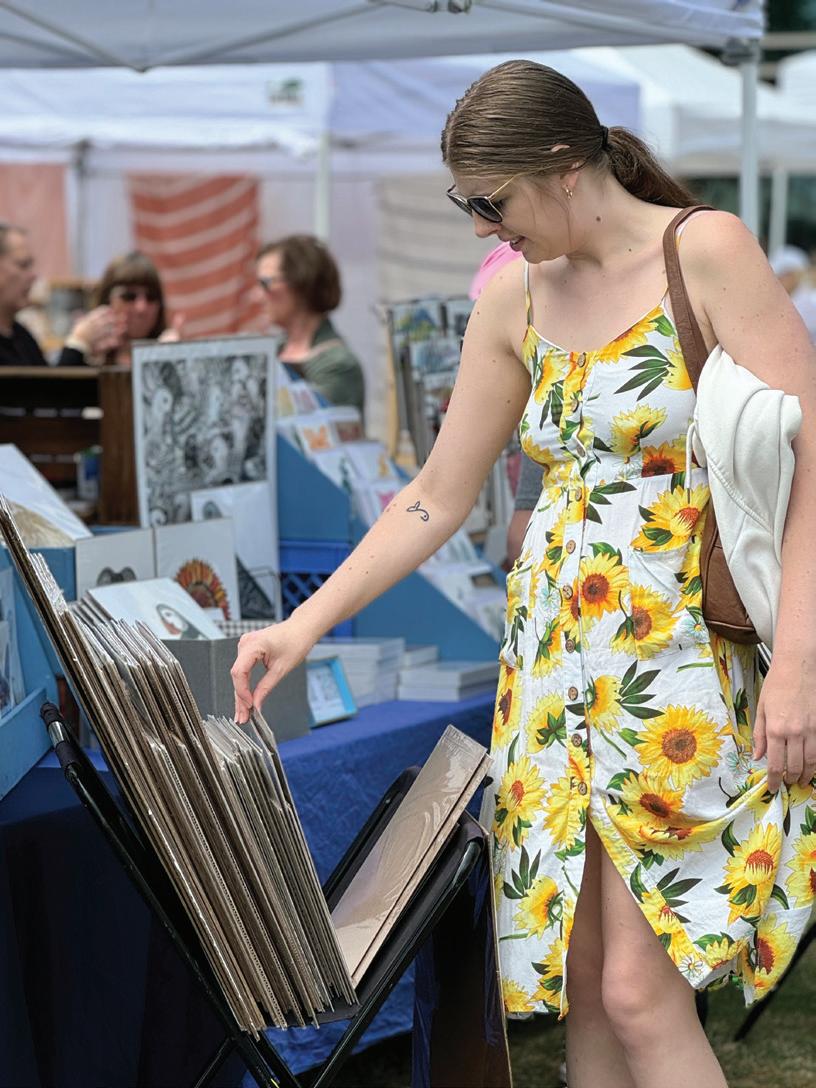













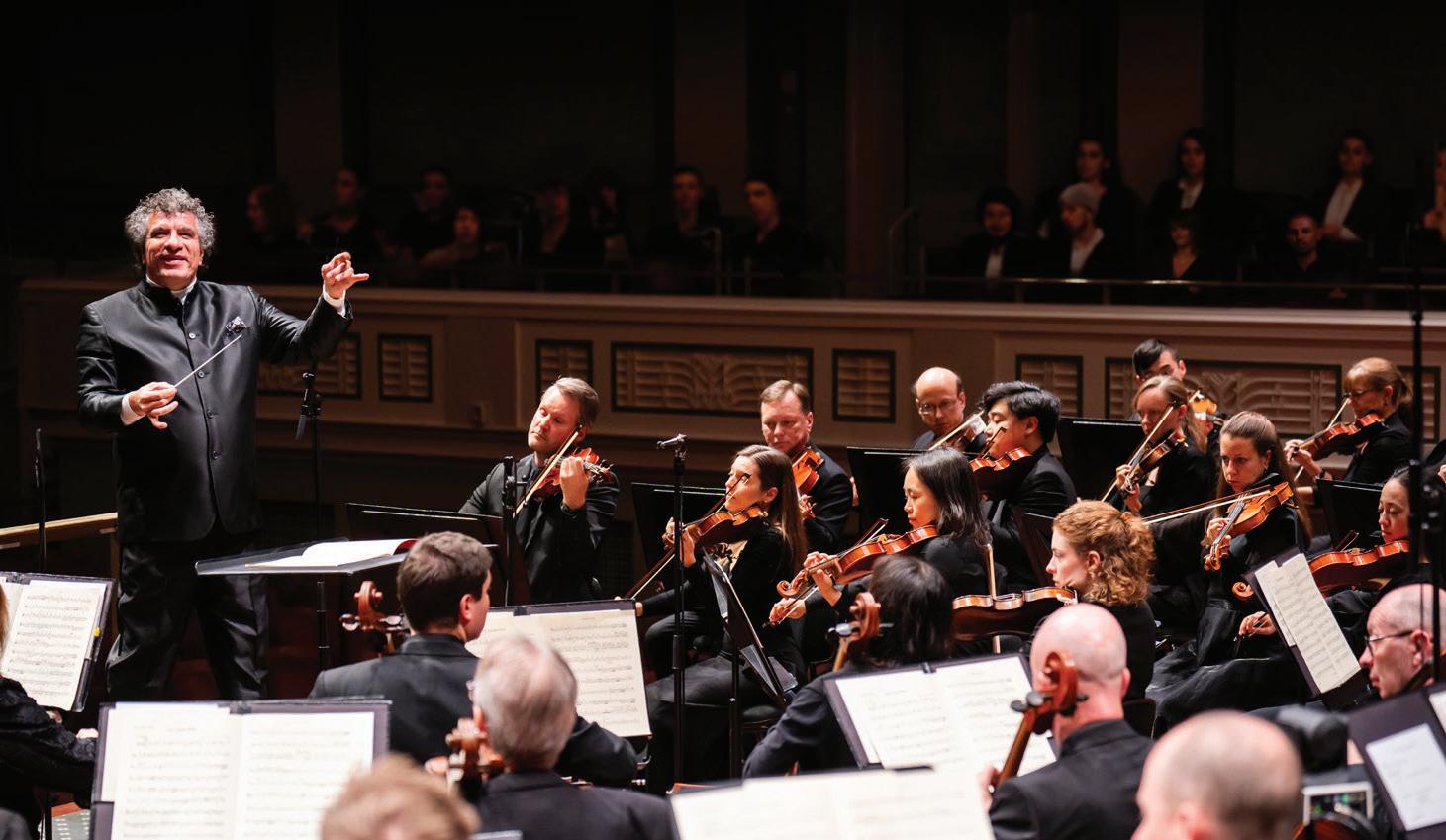











FRIDAY, APRIL 4
ART [THE MIGHTY DUCK] JOURNEYS OF DISCOVERY BY JOHN GUIDER
In the fall, conservationist and photographer John Guider spent four weeks on a solo journey down Tennessee’s Duck River. The Duck is one of the planet’s most biodiverse waterways — meaning it contains a wider range of species than nearly any other river on earth. But some of its species, including a rare type of freshwater mussel, are critically endangered, and that’s exactly why the 76-year-old environmental advocate wanted to draw attention to the Duck. Guider kept a log during his 265-mile journey, jotting notes and snapping photos of the river’s “beautiful, prehistoric circuitous path.” He’ll share some of his work at Journeys of Discovery, an exhibit opening this week at Franklin’s The Warehouse on 2nd. Guider’s photos have earned awards and been featured in numerous publications over the past four-plus decades, and his shots of the Duck are likely to take your breath away. A documentary team is currently at work putting together a film about Guider’s journey, and a portion of proceeds from the sale of Guider’s photography will go toward that project. Catch the opening reception as part of the Franklin Art Crawl this Friday, or view the work by appointment between now and June. (Contact john@johnguider.com or marla@shuffproperties.com to make an appointment.)
D. PATRICK RODGERS
6-9 P.M. AT THE WAREHOUSE AT 2ND 127B SECOND AVE. N., FRANKLIN
GALA
[THE SOUL OF NASHVILLE] THIRD ANNUAL LORENZO WASHINGTON DAY GALA
Lorenzo Washington has been a visionary force and key figure in helping preserve the vital history of Jefferson Street as a cultural center for Black music performance and presentation. As the founder and curator of the Jefferson Street Sound Museum, Washington has built a lasting monument to the brilliance that was routinely created on Jefferson Street from the ’40s through the ’70s. The museum’s annual gala, now in its third year, not only pays tribute to Washington’s tireless efforts, but also honors others who’ve supported its mission. This year’s gala recognizes “The Harmonica Wizard” DeFord Bailey, Thomas Cain, James “Watt” Watkins, WFSK-FM’s Sharon Kay and Mike and Irene Turney (aka Papa Turney and Miss Zeke) for their lasting contributions to music and the arts. MC Victor Chatman hosts, with live entertainment by Melody and Harmony. It will be a most special evening at the Millennium Maxwell House Hotel in Nashville. RON WYNN 6:30 P.M. AT THE
MUSIC
[BROWN NOTES] JEFFREY NOVAK, PETER STRINGERHYE & THE WILL MANN BAND
Though Brown’s Diner might not look like the storied shack where so many Nashville songwriters got their start, the burger-andbeer dive still showcases some of the town’s best-loved talent. Jeffrey Novak has been one of Tennessee’s most prolific musicians since he was a teenager, putting out solo tapes and playing drums on a pair of 7-inch EPs by punks Rat Traps on Jay Reatard’s Shattered Records imprint. Since that time Novak has circled the globe with his revolving power-pop trio Cheap Time and launched a funkier project, Savoy Motel. Departing from his previous work, Novak’s 2024 album Blood Celebration is replete with hand drums and acoustic 12-string guitars. J-No’s solo sound has an organic texture, weaving an impishly imaginative 10 tracks that feel both fresh and familiar. Peter StringerHye’s talents may be best known to Nashville via his time with psych-pop revivalists The Paperhead and the country-tinged Promised Land Sound or his jamming with his peers at Santa’s Pub on Sunday nights. But Stringer-Hye’s NASHVILLE REPERTORY THEATRE: SUNDAY

2018 album Pan is an elegantly fingerpicked work. His post-Promised Land/Paperhead work is fragile, emotive and reminiscent of the solo work of Pink Floyd’s Syd Barrett, Radiohead’s Thom Yorke or The Monkees’ Michael Nesmith. Rounding out the free gig will be the local talents of The Will Mann Band. P.J. KINZER
7 P.M. AT BROWN’S DINER
2102 BLAIR BLVD.
ART [WONDERSTRUCK]
Brett Douglas Hunter and his folksy menagerie of fantastical sculpted monsters launched Elephant Gallery at their grand-opening exhibition back in 2017, and the artist’s chromatic creatures have become synonymous with the event space they decorate at East Nashville’s Soft Junk. Now Hunter’s creepycrawly characters are making an appearance in a two-person show at Red Arrow in a colorful, spirited conversation between paintings and objects that will appeal to all ages. Painter Jeremy Shockley uses trompe-l’oeil techniques and cutaways in his canvases to evoke surreal scenes as well as his signature smiley-face works. Shockley’s style is more muted, narrative and subtle than Hunter’s, but there’s a shared sense of play that permeates this exhibition. If you like art that’s serious about fun, this show’s for you. Wonderment opened at the end of March, but the artist reception is this Friday night. Red Arrow will host gallerygoers at its East Nashville outpost, and the party will continue at Soft Junk, which shares a parking lot with Red Arrow. JOE NOLAN
5-8 P.M. AT RED ARROW GALLERY
919 GALLATIN AVE.
Nashville has a fairly robust disc golf scene. There are roughly 20 courses in the greater Nashville area, including one at Mill Ridge Park in Antioch. Every April, Mill Ridge Park plays host to the Music City Open, a Professional
Disc Golf Association Elite Series event. The local open is one of just 25 Elite-level events in the world, and the festivities routinely bring out some of the sport’s biggest stars. During the 2024 competition, six-time PDGA world champion Paul McBeth, the Michael Jordan of disc golf, finished second in the men’s event behind Simon Lizotte, while Kristin Lätt, also a GOAT-tier disc golfer, took the women’s title. Approximately 150 players will be competing for a prize purse just north of $80,000 at this year’s open. Whether you’re a disc-head or just appreciate high-level competitors, the Music City Open should be on your radar. LOGAN BUTTS
APRIL 4-6 AT MILL RIDGE PARK 12924 OLD HICKORY BLVD., ANTIOCH
[PUTTING IT TOGETHER]
NASHVILLE REPERTORY THEATRE: SUNDAY IN THE PARK WITH GEORGE
More than 40 years after its Broadway premiere, Stephen Sondheim’s Sunday in the Park With George still has much to say about the art of making art. Inspired by Georges Seurat’s famous painting “A Sunday Afternoon on the Island of La Grande Jatte,” this beloved musical marks the first collaboration between Sondheim and book writer James Lapine — who also directed the original 1984 production. The piece — which features glorious Sondheim songs like “Color and Light,” “Putting It Together,” “Move On” and “Finishing the Hat” — would go on to win the Pulitzer Prize for Drama. Musical theater lovers can check out this rarely produced gem this weekend, as Nashville Repertory Theatre presents Sunday in the Park With George at Tennessee Performing Arts Center. Jason Spelbring (The Nashville Shakespeare Festival’s new artistic director) directs an excellent cast, including Olivier-nominated actor David Shannon and Broadway’s Christine Dwyer, along with a slew of Nashville Rep favorites. Audiences can also look forward to music direction by Steve Kummer and scenic design by Gary C. Hoff. Exploring rich themes of art, life and connection, Sunday in the Park With George offers a unique treat for local Sondheim fans
and a wonderful way to close out the Rep’s 40th season. AMY STUMPFL
APRIL 4-13 AT TPAC’S POLK THEATER
505 DEADERICK ST.
If French farceur Francis Veber did a movie for George Harrison’s ’80s indie film company HandMade Films back in the day, chances are it would look a lot like The Ballad of Wallis Island. This British comedy from Steve Coogan’s Baby Cow Productions has veteran TV director James Griffiths (Black-ish, A Million Little Things) and stars/writers Tom Basden and Tim Key expanding on their 2007 short “The One and Only Herb McGwyer Plays Wallis Island,” where Key’s dimwitted but sweet lottery winner hires Basden’s embittered, titular folk singer to perform for him at the remote island he calls home. This time around they’ve added Carey Mulligan, who brings some unresolved issues as McGwyer’s former partner in music and love, whom the lottery winner has invited for a reunion. This quaint, quirky breath of fresh air took me back to the days when folksy, lighthearted comedies like Local Hero and Waking Ned Devine would come from the U.K. and win over American audiences. Here’s hoping that will happen again with this picture. Visit belcourt.org for showtimes. CRAIG D. LINDSEY
OPENS APRIL 3 AT THE BELCOURT 2102 BELCOURT AVE.
[COOL BEANS]
FILM
SNL CINEMATIC UNIVERSE: HOT ROD
Hot Rod doesn’t work for everyone. Comedy trio The Lonely Island’s original foray into film, starring Andy Samberg as a wannabe stuntman, was a critical and commercial flop upon release. But the 2007 film has since become a beloved cult artifact for millennials. I can’t tell you how many times my friends and I watched this in high school. Even on an umpteenth rewatch, we would still cry-laugh at every single Danny McBride line reading. (To be fair, you can say that about most McBride roles.) Screening as part of the Belcourt’s SNL Cinematic Universe series, Hot Rod was the directorial debut of Lonely Islander Akiva Schaffer, co-stars fellow group member Jorma Taccone, features SNL cast member Bill Hader and was produced by Lorne Michaels himself. Make an SNL day out of it by attending Ladies and Gentlemen, Jim Pitt, a conversation with the show’s former music booker, which will take place at noon at the Belcourt. LOGAN BUTTS MIDNIGHT AT THE BELCOURT 2102 BELCOURT AVE.
[THIS IS SPARTA]
ZOCCOLA
April marks National Poetry Month, and The Bookshop is hosting two poets on Saturday for an intimate reading from their debut poetry
collections. Recently named a New York Times Book Review Editors’ Choice, Helen of Troy, 1993 is a collection of poems placing Helen from Homer’s The Iliad in Sparta, Tenn., as a 1990s housewife. Maria Zoccola, a poet and educator who hails from Memphis, unveils insight into Helen’s psyche as she tries to manage being a wife and mother — all while feeling stifled and tempted into an affair with a man she meets at a Piggly Wiggly. Meanwhile, punk band musician turned poet and editor CD Eskilson delves into the themes of queerness, trauma, transgender identity and mental illness in Scream / Queen Their poetry examines these themes while weaving in multiple references to classic horror and thriller movies, including Halloween, Creature From the Black Lagoon and The Fly Tickets to this event are free, but RSVP-ing is highly encouraged, and copies of each book are available for preorder or purchase.
6 P.M. AT THE BOOKSHOP
1043 W. EASTLAND AVE.
[INGLOURIOUS]
A little more than a decade ago, Nashville was severely lacking in the sector of curated local handmade goods. In 2014, the Nashville Scene partnered with the Crafty Bastards exhibition to end the dry spell. During an increasingly tough era for local businesses, the Crafty Bastards Arts & Crafts Fair has provided a space for local artists and master makers to collect and showcase their goods — even throughout the COVID-19 pandemic. The upcoming two-day spring market will host more than 100 artisan vendors and an array of craft cocktails and food trucks. Marketgoers can peruse the rows of tents lining the lawn, each offering an assortment of handmade goodies from every corner of Middle Tennessee. Whether you’re scouring for a simple gold chain necklace or hoping to pick out a cockatooshaped hair clip, Crafty Bastards brings this, that and everything in between to the table. Event entry is free, and the rain-or-shine gathering is friendly to kids, pets and window shoppers alike. BAILEY BRANTINGHAM
APRIL 4-5 AT ONEC1TY
8 CITY BLVD.
Saturday evening, new Nashville rock supergroup Million Dollar Emperors will make their debut at The ’58 at Eastside Bowl. The quintet features five musicians who are well-known in the local rock scene and came together when two members of Royal Court of China — lead vocalist/rhythm guitarist Joe Blanton and bassist Robert Logue — stopped by The 5 Spot to check out the weekly Rock ’n’ Roll Happy Hour starring lead guitarist/vocalist and former Sire recording artist Tim Carroll. “Robert said I needed to go see Tim,” Blanton tells the Scene. “I think Robert had a plan that if he could get me in front of Tim, ‘This thing could catch fire.’ … I was just blown away.” Following



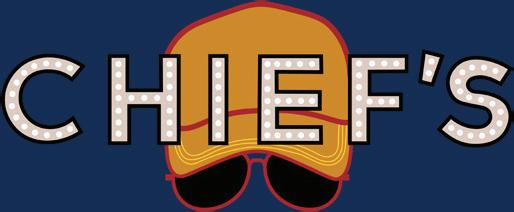
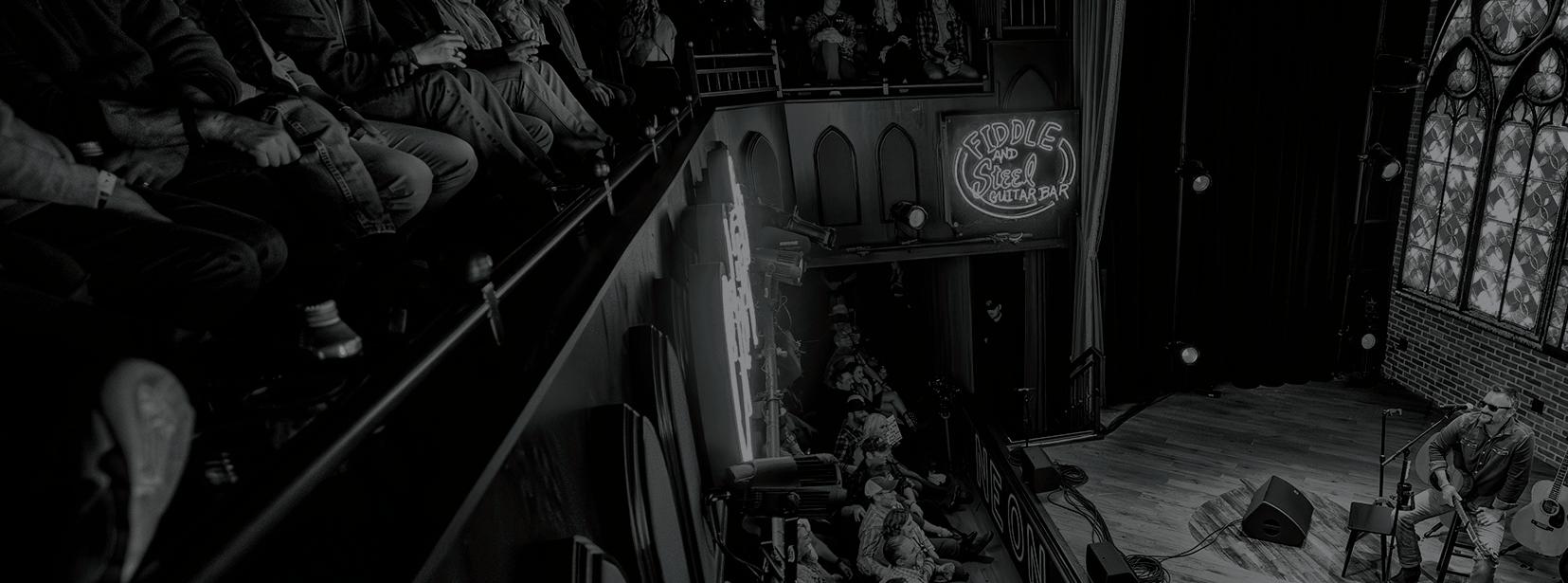


























From platinum-selling chart-toppers to underground , household names to undiscovered gems, Chief’s Neon Steeple is c bringing the very best national and regional talent back to Broadway.
4.2 Styles, James Slater, Rachel Thibodeau 4.3 Natalie Hemby –Truth About A Song
4.17 Jammy Buffey w/ Special Guests Brendan Mayer and Coral Reefer Legend, Roger Bartlett
4.18 Ty Herndon – Celebrating 30 Years of “What Mattered Most”
4.19 Waymore’s Outlaws –Runnin’ With Ol’ Waylon

Young Dubliners 4.5 Jeff Hyde & Ryan Tyndell – The Songs of Eric Church 4.6 Chapel Hart 4.8 Heather Morgan, Tiera Kennedy, Iris Copperman w/ Ross Copperman 4.10 Casey Beathard w/ Tucker Beathard 4.11 The Ocean Blue –Performing The Ocean Blue and Cerulean Albums
4.12 The Warren Brothers
4.13 Pick Pick Pass w/ Kevin Mac, James LeBlanc, Jacob Lydia


4.15 Showtime: Nashville w/ Riley Anderson, Skyelor Anderson, Duke Jones, Will Moseley

4.26 Melodies for Miracles: A Benefit for St. Jude Children’s Research Hospital
4.27 Corb Lund & Hayes Carll: Bible on the Dash Tour
4.28 Buddy’s Place Writer’s Round w/ Alyssa Bonagura, Fraser Churchill, Sean Kennedy
4.30 Uncle B’s Drunk with Power String Band Show feat. Bryan Simpson w/ Mae Estes, Lera Lynn

a successful writing session with Carroll in late 2023 that yielded the song “Sidetracked,” Blanton thought, “This is a band.” They then enlisted De Piratas drummer/vocalist Jonathan Bright and later rounded out the lineup with Fluid Ounces keyboardist/vocalist Seth Timbs. At Saturday’s inaugural show, the band will perform all the material from their debut album, due out later this year. It’s a sophisticated, hardrock mix that hits a sweet spot between classic ’70s British rock and Southern rock from the same era. Nashville-based roadhouse rockers Ned Van Go headline the evening. DARYL SANDERS
8 P.M. AT THE ’58 AT EASTSIDE BOWL
1508 GALLATIN PIKE S., MADISON
[A LEGEND REMEMBERED]
This is the centennial year of the late, magnificent Oscar Peterson, who ranks alongside Art Tatum and Bud Powell as one of the finest pianists in modern jazz history. Peterson was both a critical and commercial success, winning eight Grammy Awards. A proud Canadian, he also received his homeland’s highest honors, among them Officer of the Order of Canada and Companion of the Order of Canada. This occasion is being celebrated with the formation of the Oscar Peterson Centennial Quartet. A special national tour has been organized by Peterson’s daughter Celine, with a rotating roster to showcase as many musicians as possible. The Nashville performance at Analog at Hutton Hotel will include pianist Ben Paterson, guitarist Jocelyn Gould, bassist Marc Rogers and drummer Jim Doxas. Both Peterson’s originals and timeless jazz standards will be performed, as one of the music’s all-time giants gets a grand tribute.
RON WYNN
8 P.M. AT THE ANALOG AT HUTTON HOTEL
1808 WEST END AVE.
BOOKS [EQUILIBRIUM]
TIANA CLARK: SCORCHED EARTH
Good poets say more with less, crafting sentences carefully and creatively to waste neither time nor words. It’s yet another Parnassus gift that three very good poets — Tiana Clark, Major Jackson and Ciona Rouse — will share the stage to discuss Clark’s new collection, Scorched Earth. The ascendant Clark, a TSU and Vanderbilt graduate and Hume-Fogg alum with writing rooted deep in Nashville’s present and past, has mined topics like hot chicken and Pilates with clarifying honesty in the pages of The New Yorker and The Atlantic Her work, often foregrounding Southern Black womanhood, has earned Clark a full cabinet of national awards over the past decade. She returns to Tennessee on Saturday for a single stop on an otherwise New England-centric book tour.
ELI MOTYCKA
6:30 P.M. AT PARNASSUS BOOKS
3900 HILLSBORO PIKE
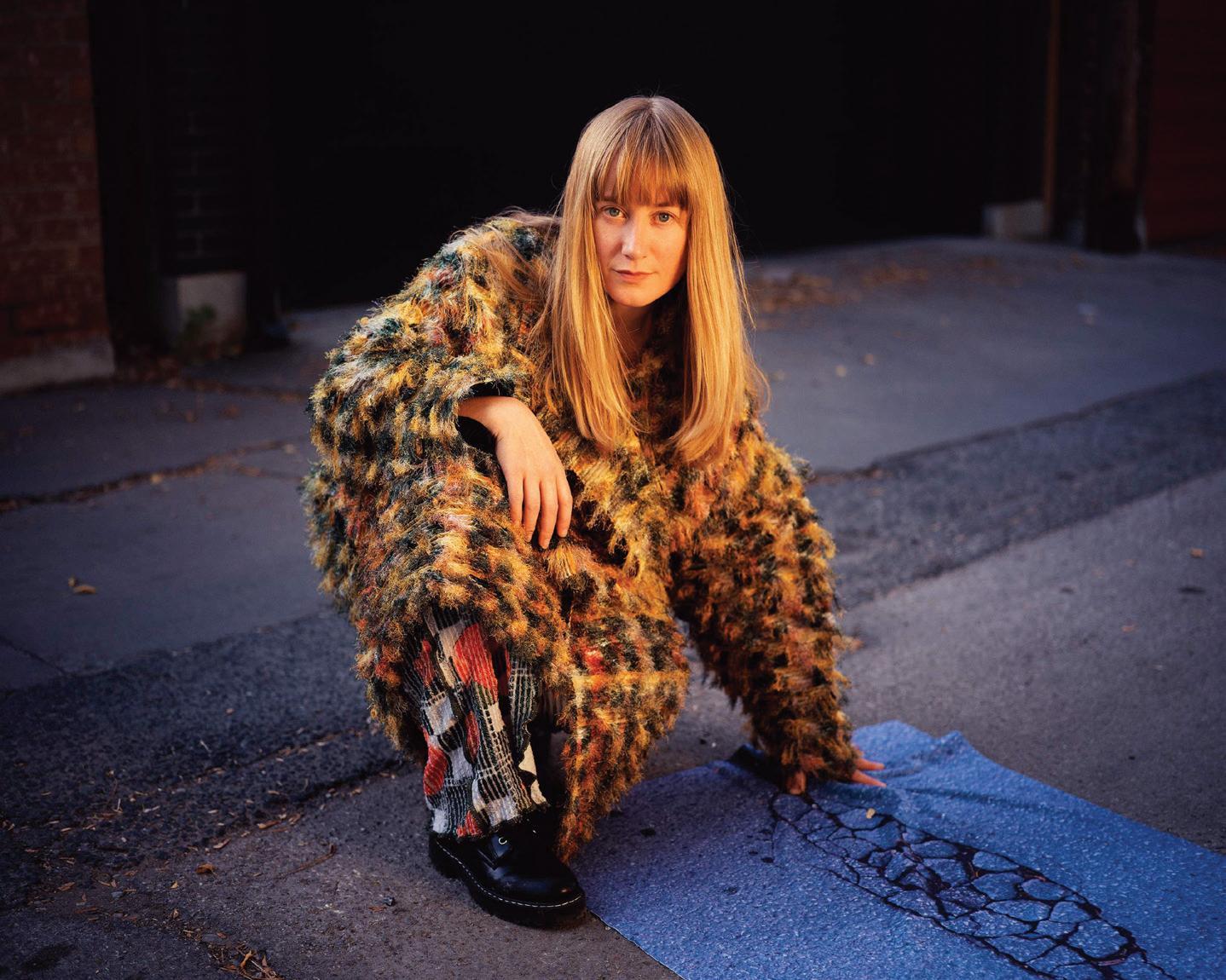
FILM [GROOL]
When Mean Girls came out in 2004, I was 9 years old — a little shy of clearing the PG-13 hurdle. Because of this, my parents didn’t let me see it in theaters (even though my uncle is Jonathan Bennett, who plays Aaron Samuels). The way this movie has woven its way into our vernacular and culture is astounding. Sometimes, people even wish me a happy Oct. 3 (i.e., Mean Girls Day). Because the movie has taken on such a life of its own, fans may overlook the fact that it was created by SNL heavyweights Lorne Michaels (producer) and Tina Fey (screenwriter) — with an unforgettable supporting role from Fey’s fellow cast member Amy Poehler — making it a killer addition to the Belcourt’s SNL Cinematic Universe series. The way Fey and director Mark Waters adapted a nonfiction teen advice book into a movie that stands the test of time was genius. My guess is that many of the younger Mean Girls fans of today didn’t get the chance to see it in theaters either, and it’ll feel extra special to see it on the big screen. (Perhaps pregame it with the work Bennett is doing on the Hallmark Channel!) Visit belcourt.org for showtimes. HANNAH HERNER
APRIL 6 & 10 AT THE BELCOURT
2102 BELCOURT AVE.
MONDAY
RAGE [PAINT IT, BLACK] SMASH CITY RAGE ROOM
When your mind is feeling more cluttered than a Tiny Desk concert, and you’re sick of journaling and meditating, it’s time to start raging. Moving past your initial hesitation, there is pure relief in picking up a metal bat and smashing household objects into oblivion as shards of glass fly through the air. The
Smash City Rage Room provides a safe space for all of this solace-seeking and decimating. After signing a waiver and donning protective gear, you start slamming your way through a bucket of breakables. If you polish off the complementary collection of floral dinner plates, glass bottles and porcelain figurines, treat yourself by purchasing larger items like TVs and computers. You can choose your own playlist for the occasion, and I highly recommend the extended version of Iron Butterfly’s “In-a-Gadda-Da-Vida” with the 7-minute drum solo — a spaced-out, hypnotic beat to usher the rage out of your body. Each visit is 30 minutes long, and at $37 per person, it’s a small price to pay for some peace of mind. Visit smashandrageroom.com for hours. TOBY ROSE OPEN DAILY AT 2416 MUSIC VALLEY DRIVE, SUITE 151
MUSIC [IN THE SHADE] THE WEATHER STATION
Writing about The Weather Station’s
2017 self-titled full-length for the Scene, I said, “[Tamara] Lindeman writes from the perspective of a thinking person who finds herself trapped in a frightening post-humanist historical moment.” Flash-forward eight years to the second installment of the Trump presidency, and the Toronto band sounds appropriately wary on their new album Humanhood. Like, say, songwriter Elizabeth Nelson on The Paranoid Style’s underrated 2024 album The Interrogator, Lindeman marries a set of prose-y lyrics to music that draws from various styles of pop and rock. If Nelson favors rock ’n’ roll on The Interrogator, Lindeman plays music that’s rooted in the chord changes and harmonic shifts of giants like Judee Sill, The Beatles and the inescapable Joni Mitchell. Humanhood also sounds a bit like Stereolab in places, with the rhythm section defining the tracks with funk-lite patterns that keep everything moving. Lindeman and company add extra texture to the basics, and Humanhood uses keyboards and woodwinds that shade the songs in ways that are both creepy and beautiful. On “Mirror,” Lindeman talks about the way Trump-era information systems have corrupted relationships: “Well, I can’t say I blame you / What else can I do? / A bad education got a hold of you.” Sister Ray opens. EDD HURT
8 P.M. AT THE BASEMENT EAST 917 WOODLAND ST.
[GREAT ADVENTURE]
Kimberly Akimbo was the big winner at the 2023 Tony Awards, taking home five trophies — including Best Musical — thanks in large part to Jeanine Tesori and David Lindsay-Abaire’s Best Original Score-winning work. Beginning next week, Nashville audiences can experience this heartwarming hit for themselves as Kimberly Akimbo arrives at the Tennessee Performing Arts Center on April 8. Based on Lindsay-Abaire’s charming 2001 comedy of the same name, the story follows a teenage girl struggling to navigate life at a new high school, a wildly dysfunctional family and a rare genetic condition that accelerates the aging process. It might seem to be a rather unlikely setup for






















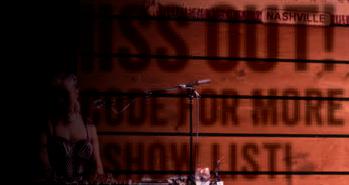








musical comedy, but Kimberly Akimbo offers plenty of quirky characters, offbeat humor and a surprisingly tender reminder to approach life as the “great adventure” it is. Directed by Tony nominee Jessica Stone (Water for Elephants), Kimberly Akimbo features choreography by Danny Mefford (Dear Evan Hansen), and the cast of this national touring production includes three-time Tony nominee Carolee Carmello in the title role, along with several actors from the original Broadway company. AMY STUMPFL
APRIL 8-13 AT TPAC’S JACKSON HALL
505 DEADERICK ST.
MUSIC
[FRESHLY SQUEEZED] MERCE LEMON
Merce Lemon. Soft Junk. Treasure upon treasure. Actually, treasure upon treasure upon treasure, because Lemon — a fixture of the Pittsburgh and New York indie scenes — has assembled what is more or less an immaculate bill. She will be joined by Nashville heroes Styrofoam Winos and Bats, both of whom play buoyant, twangy songs that will help situate Lemon’s own brand of countrified folk-rock. Despite the ubiquity of pedal steel and slide guitar in contemporary indie rock, songs from Lemon’s celebrated 2024 album Watch Me Drive Them Dogs Wild never feel like melancholy stock. And if such tracks as “Backyard Lover” or “Crow” sound familiar, they’ll more likely conjure Lucinda Williams than this month’s fleeting radio earworm. Heck, I wouldn’t be surprised if we heard a Williams cover. The only question is, which song? MALCOLM MOUTENOT
8 P.M. AT SOFT JUNK
919 GALLATIN AVE. SUITE 14
Nashville-based funnyman and Nateland podcast co-host Aaron Weber, the lineup includes a handful of buzzworthy joke-tellers, including Ryan Hamilton, Dustin Nickerson, Derrick Stroup, Lace Larrabee, Mia Jackson and Paula Kosienski. The show comes as part of the annual Nashville Comedy Festival, an 11-night romp featuring a who’s-who of funny folks; alongside Good Clean Funny, top-billed acts this year range from Golden Globes host Nikki Glaser to Jay Leno and Arsenio Hall, Shannon Ford, local favorite and Nateland regular Dusty Slay and more. Find the full lineup of Nashville Comedy Festival activities at nashcomedyfest.com.
MATTHEW LEIMKUEHLER
7 P.M. AT THE RYMAN
116 REP. JOHN LEWIS WAY N.
WEDNESDAY
MUSIC
[TENNESSEE ORANGE] MEGAN MORONEY




COMEDY
[CLEAN SWEEP]
NATELAND PRESENTS: GOOD CLEAN FUNNY
Funny for the whole family comes to the Ryman Auditorium with a comedy bill booked by Nateland Presents, the entertainment company launched by hometown hero — and cleanjoking comedian — Nate Bargatze. Hosted by
Emo … cowgirl? It’s a thing, thanks to Megan Moroney, the Georgia-raised singer-songwriter who’s made a splash in Nashville and beyond as one of the sharpest new voices in mainstream country. Moroney earns the nickname for writing heart-on-her-sleeve songs that don’t tiptoe around life’s awkward, messy moments. And for a class of country listeners who want unfiltered truth-telling, it works. Moroney released her sophomore LP Am I Okay? last year to critical and commercial acclaim behind the title track single that finds the singer asking, “Maybe love ain’t always what it was / Not crying and dying and messing me up / I think I’m really happy, I think I want to stay / Oh my God, am I OK?” With two nights booked at new downtown concert hall The Pinnacle, this tour stop in support of Am I Okay? marks Moroney’s biggest Music City show yet. “Love You Again” country singer Chase Matthew opens the gig.
MATTHEW LEIMKUEHLER
APRIL 9-10 AT THE PINNACLE
910



Nashville lures in New Orleans’ Little Miss Mao, Turkey and the Wolf and others
BY ELLEN FORT

NEW ORLEANS HAS always been known for its hospitality — it’s a city where the party never stops and the good times are always rollin’. Likewise, Nashville has long drawn creative types to town for good music and — more recently, for good or ill — a Lower Broadway bar scene that’s begun to rival that of Bourbon Street.
Now a trickle of New Orleans restaurants and their people has turned into a bigger stream, bringing Nashville some of its most exciting new cuisine, from funky, spicy dishes at Little Miss Mao to towering bologna sandwiches topped with potato chips at Turkey and the Wolf Ice House. It’s a welcome break from what can feel like a stream of revenue-driven choices made for a city that’s still experiencing an “It City” hangover. Many of Nashville’s new businesses are fueled by developers — big hotels are being built, and they need to feed people at breakfast, lunch and dinner. But what is it that’s drawing critically acclaimed chefs from New Orleans to Nashville?
Four distinct seasons, easy access between the two cities, and respite from the increasing threat of hurricanes and other coastal disasters are part of the answer. But according to recent transplants, it’s the welcoming members of Nashville’s restaurant and bar scene that ultimately lured them here.
Sitting on the breezy patio at Turkey and the Wolf Ice House in East Nashville’s McFerrin Park neighborhood, James Beard Award semifinalist chef Mason Hereford and his wife and business partner Lauren Agudo say they are settling in nicely. They opened a Nashville version of their hit restaurant in March — in a newly constructed cement-block kitchen on what was a former dog park — offering outdoor seating (covered and non) only. A steady stream of lunch guests stops in for burgers, collard melts and the aforementioned bologna sandwich, all of which helped launch the duo’s mini empire of restaurants all over New Orleans.
For Agudo and Hereford, it took several years
of visiting Nashville, getting to know and love it, before deciding to make the leap to their corner lot in McFerrin Park. “I think that Nashville has a lot of the shared values that New Orleans does, between the music scene and a laid-back culture, that Southern, slow and intentional way of doing things,” says Agudo. “A different flavor of it, but a lot of overlap,” Hereford chimes in.
“And people are dining out [in Nashville], that’s for sure.”
Over on Gallatin Pike, New Orleans-based chef Sophina Uong is bringing a menu of bold flavors to Skinny Dennis, a newly opened honkytonk with country Western dive-bar vibes. Uong was nominated as a James Beard semifinalist for Best Chef: South in 2024 for Mister Mao, the restaurant she co-owns with her husband in New Orleans. The flavors at Little Miss Mao inside Skinny Dennis pull from cuisines around the globe — including Uong’s own Cambodian background — and offer Music City diners a step away from the usual honky-tonk fare, hot
and the Wolf Ice House 800 Meridian St. turkeyandthewolficehouse.com
chicken in particular.
“We could have made a hot chicken, we could have made the same chicken,” says Uong. “But Nashville is full of hot chicken.” Instead, Uong encrusts her chicken in cheese rinds before it’s fried and dipped in za’atar oil, then served with a refreshing Turkish salad. Elsewhere on the menu is prahok ktiss, a Cambodian dip of curried pork, fish and shrimp, served with shrimp chips and crudites.
Little Miss Mao and Skinny Dennis have turned out to be an excellent if unlikely pairing for the East Nashville music venue, which leans heavily into a hipster country vibe. Cold beer and shots go well with Ethiopian beef tartare and garlic noodles with Alabama crab, it turns out. “It’s a trip, because I didn’t grow up on country music — I like West Coast hip-hop,” Uong says with a laugh. “It’s an adventure.”
LeBlanc + Smith is the restaurant group behind Barrel Proof and The Chloe, a boutique hotel that’s slated to open its first location outside

of New Orleans in Nashville’s Hillsboro Village neighborhood this year. The project will include 19 guest rooms, plus a restaurant, bar and pool in a space once home to two craftsman-style houses. In a part of the city that’s become almost unrecognizable in its new, developed form, the team decided to keep as much of the neighborhood’s style as possible while undergoing a remodel. ”Nashville is a town of craftsmen and artisans, and the way that we approach our projects is not big-development-driven,” says LeBlanc + Smith’s Robert LeBlanc. “It’s a much more artisanal approach to how we create our places.”
Barrel Proof opened in Germantown a little over a year ago, delivering a Nashville version of the original New Orleans bar heavy on whiskey and hospitality. Nestled up alongside Brooklyn Bowl and the Nashville Sounds’ First Horizon Park, it’s intended to be a neighborhood spot where classic cocktails, frozen margaritas and high-end whiskeys mingle on one menu. “Culturally, Nashville and New Orleans have a lot in common,” says Barrel Proof co-owner Jason Sorbet. “New Orleans’ [food and drink scene] was very underappreciated for a very long time, and Nashville was the same way.”
No one is ignoring Nashville’s booming restaurant scene these days. And at least as far as the New Orleans transplants are concerned, they’re not trying to change what is already a distinct culinary community by bringing New Orleans cuisine to Nashville — you won’t find
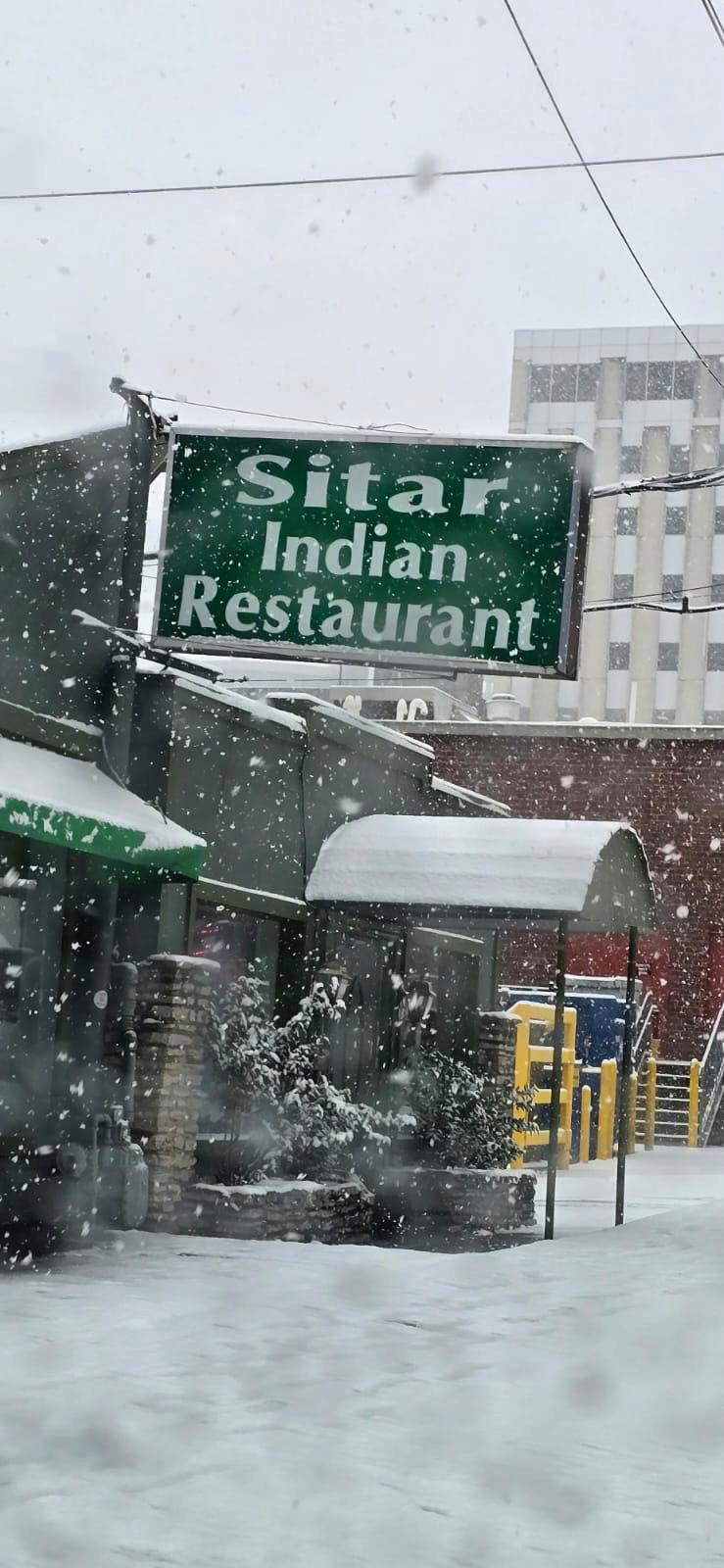

gumbo on these menus.
Despite Nashville’s growth, all these restaurateurs agree that the culinary scene still has a small-town feeling of camaraderie. “Some hospitality markets are hypercompetitive, and everyone’s trying to undercut everybody else,” says LeBlanc. Here, at least for now, it’s a feeling of “rising tides lift all ships” among chefs and restaurateurs. “The amount of different chefs or bar leads giving us their purveyor list has been touching,” says Turkey and the Wolf’s Agudo.
Hereford and Agudo aren’t taking their warm welcome for granted. “We have a neighborhood dinner tonight — like 50 people from the neighborhood are coming out so we can get to know them, and we can thank them for being so welcoming,” says Hereford.
As the Scene speaks with Hereford and Agudo, a crowd of young guys holding brown paper bags steps onto the patio — clearly a group of line cooks from another restaurant, sent to provide family meal for the crew at Turkey and the Wolf Ice House. Hereford greets them jovially, briefly disappearing and reappearing with handfuls of icy PBRs and inviting the group to grab a seat on the patio. It feels like Old Nashville, a melting pot of creative folks whose paths crossed in pursuit of their own dreams — whether that means music, hospitality or otherwise.
“It’s just a Nashville thing,” says Hereford. ▼







Chase Williamson at Coop and a strong pairing of artists at Neue Welt top our list of art-crawl must-sees
BY JOE NOLAN
CHASE WILLIAMSON’S MULTIMEDIA painting exhibition, Souls Grown Deep, opens at Coop on Saturday night. The Knoxville-based painter is the latest Tennessee artist to be featured in Coop’s Ten in Tenn series. Williamson’s colorful portraits are brimming with feminist narratives, social justice messages and shout-outs to the horticultural traditions of African American women. The show’s gardening themes are perfectly scheduled for the early-spring art calendar, and this display pairs well with the David Driskell-focused exhibitions at Fisk University and Frist Art Museum. Souls Grown Deep is a showcase for Williamson’s adventurous use of materials, including oil paint, glitter and various fabrics. Williamson is a storyteller, and her attention to the formal elements of these works makes her an emerging painter to watch while she’s completing her MFA at the University of Tennessee.
➨DETAILS: Opening 1-9 p.m. Saturday, April 5, at Coop, 507 Hagan St.
David Lusk Gallery opens a two-person show featuring more outdoorsy themes for the April art crawl. Real pairs Bruce Brainard’s dreamy oil-painted landscapes with George Dombek’s butterfly collection compositions. I don’t know if romance and awe are in right now, but they’re certainly trending in the wondrous light of Brainard’s pastures of plenty. Dombek’s paintings nod to naturalist illustration, and his exquisite watercolor works dazzle with technique alone. But his knockout punch is the heightened, graphic style he brings to these winged and wriggling things.
➨DETAILS: Reception 4-7 p.m. Saturday, April 5, at David Lusk, 516 Hagan St.
I’d classify most of the exhibitions at Neue Welt as contemporary formalist sculpture shows. That sounds really specific, and it is. But a better word might be specialized — or maybe just special. Gallerist-curator Mauro Barreto covers a lot of range in the niche, and always manages to bring strong shows to the Wedgewood-Houston crawl. Neue Welt’s April exhibition is another totally new example of what this little gallery does best. Caroline Hatfield deploys sculpture,

installation and mixed media in her material explorations of environmental questions. Recycled metal, found objects and industrial supplies have all found their ways into Hatfield’s displays, and Epigraph is a sculptural narrative about the geology of storytelling, from stone to graphite, from fiber to fiber optics. Neue Welt will also be welcoming a new outdoor flag art project from Abilene, Texas-based artist Hollie Brown. Brown’s pastel-painted flag depicts a moment of scripted heartbreak from the reality television show Love Island. Between the pyramids and the drones and the simulation theories, you’d have to be crazy not to question your assumptions about reality in 2025. Also, this flag gives big beach vibes at the start of what I hope is a bright and beautiful spring art season.
➨DETAILS: Opening reception 6-9 p.m. Saturday, April 5, at Neue Welt, 507 Hagan St.
Charlie Smyth’s Landfill space at The Packing Plant has already become one of my favorite stops at the Wedgewood-Houston crawl since the artist opened the gallery in the former Red 225 headquarters in December. Landfill is located at the front of The Packing Plant. It’s the first gallery you see when you walk in the front door and onto Smyth’s big vintage rug, between the walls covered in brown fabric. There’s a desk and some small tables and plants in the room, and it feels as inviting as the Nashville stu-
dio-galleries of the early 2000s. Smyth doesn’t make work at Landfill, but it’s still a showcase for his multimedia paintings in vintage thrift store frames — they cover the walls in a cacophonous, chromatic salon-style arrangement. The abstract works boast bold palettes, and Smyth blends thoughtful meditation and offhand nonchalance into his patterns, forms, cut-and-paste collage and splash-and-drip flourishes. Smyth is also working on a new batch of otherworldly wire sculptures, but what makes Landfill a stop worth checking on is Smyth’s curating of works by his friends and peers in his monthly displays. Artists like Todd McDaniel, Briena Harmening and David Piñeros have all hung their work in Smyth’s bohemian boutique, and this month Landfill will feature paintings by Nashville painter Catron Wallace. Wallace’s colorful, textured, expressive canvases are a perfect complement to Landfill’s disheveled charms, and I’m expecting to see pastel colors popping against the gallery’s cocoa-colored walls.
➨DETAILS: Opening reception 6-9 p.m. Saturday, April 5, at Landfill, 507 Hagan St.
Zeitgeist Gallery has just come off of a big group show, but April finds the gallery getting back to hanging separate displays by different artists. These exhibitions read more like an ensemble of series by individual artists that can sometimes connect to or communicate with
each other in unexpected ways. Seeing how they hang together is half the fun of Zeitgeist’s openings, and the gallery has a trio of regional artists in their lineup for April. Jim Ann Howard’s pencil-and-charcoal drawings of earth mother figures emerged from the artist’s six months of research at the Jungian Institute in Manhattan. The drawings in Mother Me Mother were originally created as illustrations in collaboration with author Donna Wilshire for the 1993 book Virgin, Mother, Crone: Myths and Mysteries of the Triple Goddess. Richard Painter’s work will be familiar to Zeitgeist regulars, and Burghers of Calais — his new series of five paintings on felt — speaks to both Auguste Rodin and Joseph Beuys. Zeitgeist director Lain York will also be showing a series of his multimedia paintings at the gallery in April. York’s Permian Chapters title references the geological period known for the largest recorded mass extinction in the history of our planet. Twelve raw birch panels read like shifting tectonic plates, and the thin white loops and curves, spirals and humps York adds to their untreated surfaces evoke a record of massive movements over epochs. Raw and minimal, the arrangement is unmistakably York’s, and it’s the most challenging contribution to this creative conversation about history and humanity.
➨DETAILS: Opening reception 5-8 p.m. Saturday, April 5, at Zeitgeist Gallery, 516 Hagan St. ▼
In Black in Blues, Imani Perry follows a thread of blue through Black history and culture
BY KIM GREEN

IMANI PERRY’S NEW book, Black in Blues: How a Color Tells the Story of My People, begins with a memory of blue: A missing dropped-ceiling tile in her grandmother’s bedroom reveals a glimpse of the room’s original sky-blue paint. “My blue begins here,” she writes, “inside herour-my home.”
Perry’s grandmother, “a nurturer and a stalwart,” made that house a refuge of love and laughter in Jim Crow Alabama and thereafter. Perry writes that her grandmother taught her to love blue and the blues and “that we who have the blues also have beauty.”
The opening essay sets up the book’s premise: that woven throughout the story of Black life, history and culture, you’ll find blue — the color itself, the “blues” as an expression for melancholy and its namesake sound, the Black-born music of heartache and hope. For a fleeting moment, I wondered whether blue was too fragile a foundation to underpin such wide-ranging stories and ideas. But by the fifth essay, “True Blue,” I’d forgotten my own question and was wholly absorbed by Perry’s storytelling.
The essay traces the Middle Passage, “a terrible journey through a blue netherworld,” and the voyages of a slave ship called the True Blue The idiom “true blue,” evoking trustworthiness, was first recorded in the 17th century and may hail from Coventry, England, and its woad-dyeing technique. Woad dye was considered “true blue” — it produced the most colorfast blues in Europe. But it could not compete with indigo, a truer-blue dye made from several species of the Indigofera genus native to the tropics. In several essays, Perry returns to the story of indigo: how European empire builders and slave traders were captivated by West African indigo and carried it to South Carolina, where enslaved laborers cultivated the plants, steeped them in stinking vats and skimmed off the noxious liquid to cure blue blocks of dye: “Brown arms were dyed blue, sometimes permanently, like a tattoo of bondage.” Perry reconnects these deepblue threads to the True Blue, which delivered its human cargo to colonial plantations across the Atlantic, and thus “a ship with a name that came from the old dye was a vehicle for the new one and other lucrative crops of the New World.”
As I sank deeper into these essays, I followed Perry’s circuitous threads with anticipation, excited to see where blue would turn up next. I particularly enjoyed an essay about the great agricultural innovator George Washington Carver, who made it his mission to heal Alabama’s cotton-ravaged soil and help freed people grow more and better food for themselves. The delightful blue Easter egg of this story is
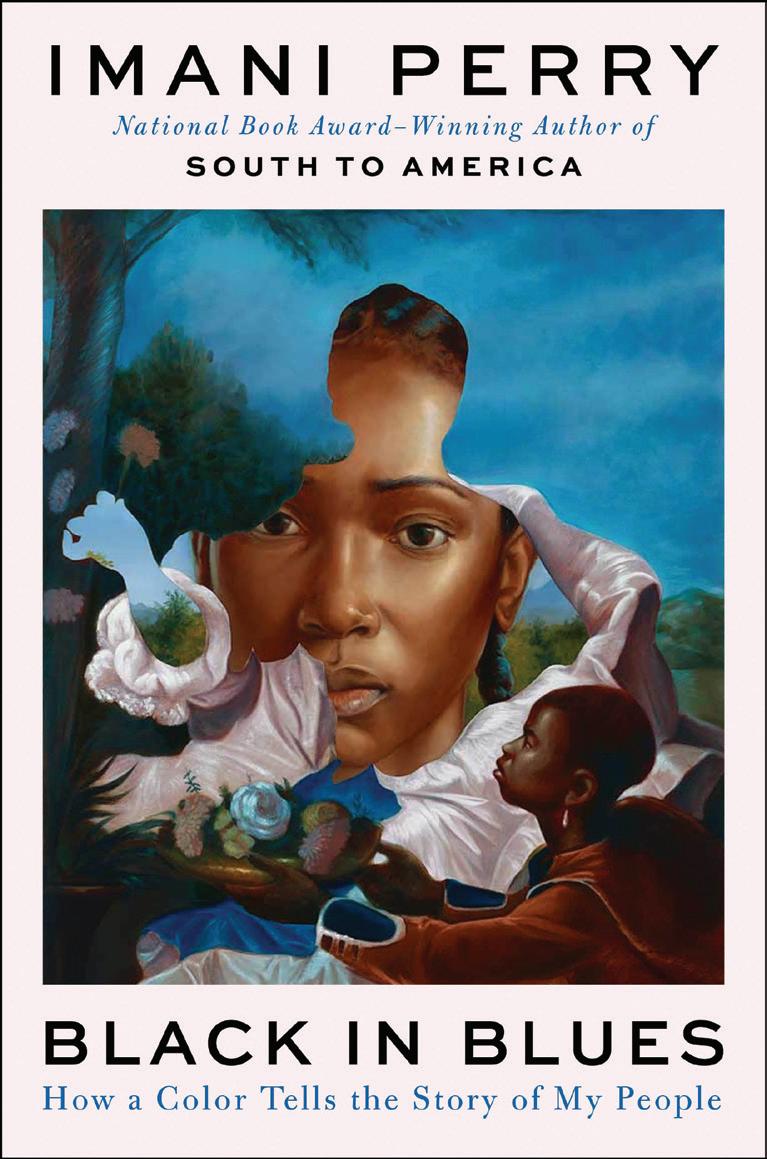
that Carver loved painting and made his own pigments using sweet potato skins, tomato vines and peanuts. He discovered an oxidation process to re-create Egyptian blue, the earliest known synthetic pigment, highly prized in the ancient world.
Two more stories of blue lodged in my memory, both from a section about the Haitian slave revolt and the racial caste system that emerged in America when many free mixed-race people from Haiti emigrated to Louisiana: a captivating aside about West Africa’s blue-clad Dahomey women warriors, one of whom trained the former slave and Haitian revolutionary leader Jean-Jacques Dessalines; and a mention of the Blue Book, a guide to New Orleans’ red-light district that indexed sex workers on a scale from “White” to “Quadroon” to “Negro.” Again and again, Perry links shades of blue to a system that “at once made Black people a group and separated them through a hierarchy of color.”
Throughout, I loved how Perry conjures vivid blue images so common in the Southern landscape that I never wondered about their provenance: periwinkle planted over the unmarked graves of the enslaved, Southern porch ceilings painted “haint blue,” cobalt-blue bottles decorating crepe myrtles. Those “bottle trees,” Perry writes, originated in “the Kongo,” where shiny objects were “used to deflect the bad and attract the good.” These ordinary but mysterious artifacts are, to Perry, visual evidence of enslaved people’s interior lives, which were so rarely documented in written accounts.


Perry, a prolific scholar whose South to America won the National Book Award in 2022, has made a life’s work of collecting such ephemera. She writes of a “common calling” among artists, historians and storytellers “to transform and transpose the world our ancestors faced, to reclaim the beauty of the sky, and the water, and the indigo … without ever forgetting the disaster.” In the acknowledgments, she invites readers to continue as time travelers, following their own curiosity along the threads she has uncovered. I did exactly that, Googling articles about Carver and Indigofera, all while listening to Roberta Flack, Nina Simone and Mississippi John Hurt, artists who embody Perry’s line about beauty and the blues, bending notes into shapes that transform pain into extraordinary, gorgeous artistry — the ultimate survival strategy.
“This blue-black living and doing is a bittersweet virtue, mastery in heartbreak, and raw laughter from the underside,” she writes. “We people who created a sound for the world’s favorite color — the blues — offer a testimony.”
For more local book coverage, please visit Chapter16.org, an online publication of Humanities Tennessee. ▼
Black in Blues: How a Color Tells the Story of My People By Imani Perry Ecco 256 pages, $28.99
Name: MYLAH Age: 2 years Weight: 58 lbs. Sex: Female
MYLAH is a sweet girl with a heart full of love and a mind eager to learn! She’s all about treats, toys, and discovering new things, making her the perfect companion for anyone who enjoys a fun, interactive pup. Mylah’s eager-to-please attitude means she’s always ready to impress with a new trick or just curl up next to you after playtime.








an independent bookstore for independent people UPCOMING EVENTS

PARNASSUSBOOKS.NET/EVENTFOR TICKETS & UPDATES
THURSDAY, APRIL 3 6:30PM
RICK GLAZE with ASHLEY HAGAN at PARNASSUS Eight Pieces of Eight
SATURDAY, APRIL 5 10:30AM
SATURDAY STORYTIME with JOSEF NEWGARDEN & ASHLEY NEWGARDEN at PARNASSUS Josef's BIG Dream: An INDY 500 Story
6:30PM
TIANA CLARK with MAJOR JACKSON & CIONA ROUSE at PARNASSUS Scorched Earth
MONDAY, APRIL 7 4:00PM
ELISABETH HASSELBECK at PARNASSUS God’s Masterpiece











Rockin
VIBES,
LOW
+ LANCE LOPEZ & JONATHAN BODDIE, RACHEL RODRIGUEZ + CARTER ELLIOTT







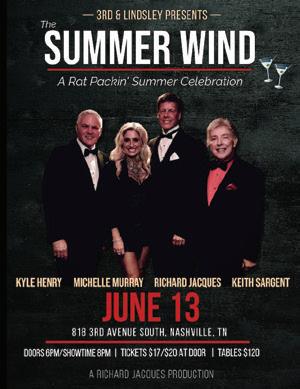

















































































































Graham Nash has been making music professionally for more than 60 years, from the Merseybeat rhythms of The Hollies to the era-defining folk-rock of Crosby, Stills, Nash & Young on through his extensive solo career. But when looking back on his decades of songwriting, he recalls a particular quote that Nina Simone gave a reporter during a 1969 television interview: “An artist’s duty, as far as I’m concerned, is to reflect the times.”
“I totally agree with that,” Nash tells the Scene. “And that’s what I try and do with my music. It applies to the times in which I live here. And there’s a tremendous amount of stuff going on that needs to be spoken about.”
Running alongside the protests against the Vietnam War, the music of CSNY became a soundtrack for the counterculture movement of the 1960s and ’70s. And in today’s turbulent political climate, Nash is continuing to make music to mirror the times while not shying away from his opposition to the Trump administration. “Golden Idols,” a song on his 2023 record Now, is about U.S. Republicans’ continued support for Trump, as he sings: “They’re trying to rewrite recent history / When the MAGA tourists took the Hill / They will not stand up ’cause they’re bought and paid for / Golden idols control them still.”
“I know that there are some Republicans that are very displeased with what he’s doing,” Nash says. “But the majority of Republicans, particularly in the House and the Senate, are giving him room to move like he is. … I’ve been an American citizen for over 50 years. I love this country, and I joined it because I wanted to be a part of this society. I wanted to be able to praise this country for what it does that I feel is great stuff, and I need to be able to criticize this country when it does things that I don’t agree with. … ‘Golden Idols’ is a perfect example of what I’m talking about.”
Aside from the politics, the songs on Now are among the most intimate Nash has ever written. The album features five love songs for his wife Amy Grantham.
“It is a very personal album,” he says, “and I think that a lot of people understand that the songs that I write — even though they’re for me, usually they apply to them too.”
He adds that his perspective on both political and personal songwriting has changed drastically over the years, as he’s learned plenty from his bandmates.
“When I started writing songs when I was beginning with The Hollies, my songs were pretty simple,” says Nash. “But when I moved to America and joined David [Crosby] and Stephen [Stills] and saw what they were writing, or what Neil [Young] was writing, or what Joni [Mitchell] was writing —
Focused on the personal and political, Graham Nash looks to bring ‘relative peace’ to his CMA Theater shows
BY JULIANNE AKERS
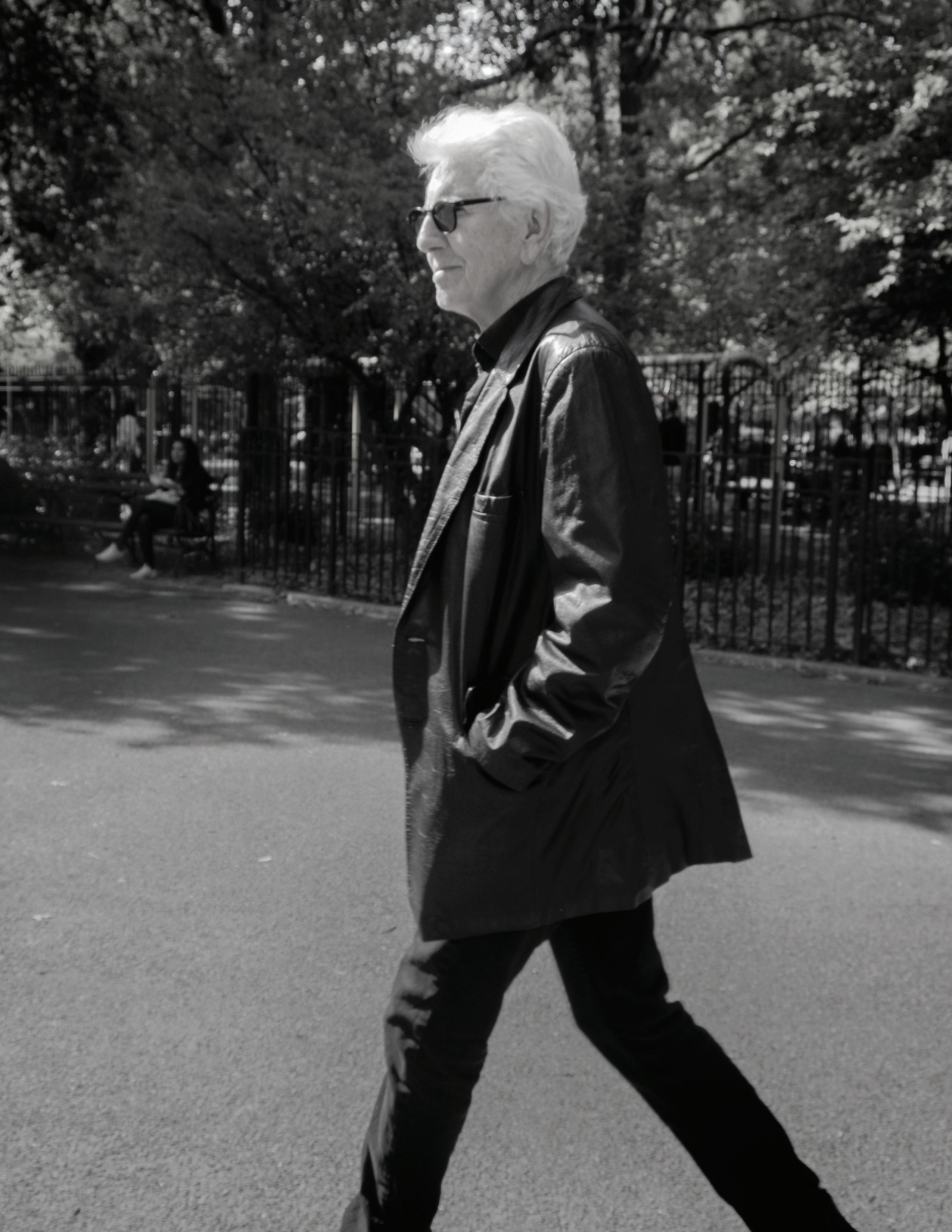
Playing April 4 and 5 at the Country Music Hall of Fame and Museum’s CMA Theater
I realized that if I took my ability to write simple music, but utilized better words about the world and what was happening in the world, both on a personal level, and just generally worldwide, my songwriting changed a great deal.”
As he prepares to head to Nashville for shows at the Country Music Hall of Fame and Museum’s CMA Theater on Friday and Saturday, Nash hopes the audience can forget their worries and wind down. He encourages them to sing along.
“People deserve a couple of hours of relative
peace, and that’s what happens in my concerts,” he says. “They can relax. Their shoulders can come down. … I really enjoy when people sing my songs back to me. You know, when they do that, it means that they’re invested in the music, that they’ve taken the time to learn the words and the melody — particularly our songs, like ‘Teach Your Children’ and ‘Our House.’ I love it when they sing back to me, because the audience is a part of the show.”
When he’s not onstage, Nash is practicing his
photography. In 2021, he published his photography book A Life in Focus, which features images of his mother and self-portraits along with photographs of stars like Bob Dylan, Joni Mitchell and Cass Elliot. His photography technique imitates the methodology behind his music.
“I don’t take pictures of sunsets. I’d rather remember them in my mind. I see absurdity all around me, and I take photographs of that. It’s very much like my music. It’s snapshots of what’s happening around me in my life.” ▼
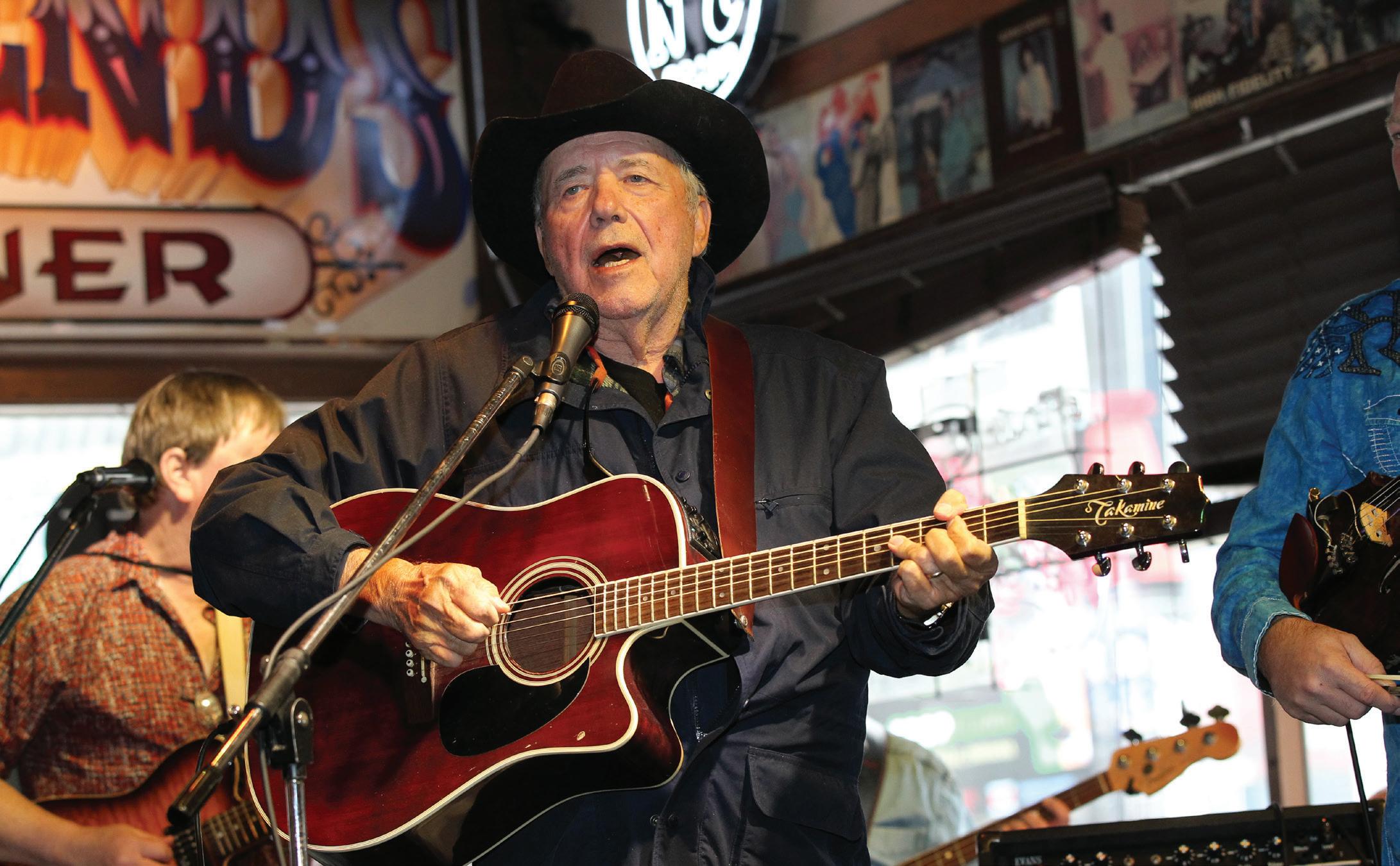
A week of shows pays tribute to the career of Bobby Bare
BY EDD HURT
ALTHOUGH HE’S USUALLY identified with country classics like “Detroit City” and “The Streets of Baltimore,” Bobby Bare explores the genre’s themes without sounding exactly like a country singer — the stereotypical idea of one, anyway. In the 1960s in Nashville, Bare’s versions of songs by Nashville songwriters like Tom T. Hall and Harlan Howard communicated the physical and psychic dislocation that came with the modernization of the South. Bare’s humane
Rainelle Krause discusses her debut with Nashville Opera in the title role of Lucia, the Bride of Lammermoor
BY AMY STUMPFL
ACCLAIMED SOPRANO Rainelle Krause is widely known for her vibrant coloratura — that is, her virtuosic ornamentation of vocal melodies. Her skill is particularly on display in her signature role: The Queen of the Night in Mozart’s beloved The Magic Flute. She has sung the role with the Royal Danish Opera, Dutch National Opera, English National Opera and Deutsche Oper Berlin, among others — and delivered a decidedly electrifying performance with Nashville Opera just last season. Krause is set to make her Metropolitan Opera debut in the coveted role later this year. But for now, the reigning Queen is back in Nashville, and ready to take on Gaetano Donizetti’s haunted Scottish heroine in Lucia, the Bride of Lammermoor.
Based on Sir Walter Scott’s popular 19th-century novel about a young woman caught in the middle of her family’s
baritone floated over countrypolitan arrangements that filtered folk music through the Nashville approach to studio recording.
Bare was born in Ironton, Ohio, on April 7, 1935, and first hit the charts with the 1958 rock ’n’ roll single “The All American Boy,” credited on the record to Bill Parsons. He is, among other things, one of the essential figures in the group of Nashville musicians called the Outlaws. April 7 marks the beginning of a series of shows featuring a set of musicians who will pay tribute to the great singer on his 90th birthday. His son and fellow musician Bobby Bare Jr. has organized the weeklong celebration, with appearances by acolytes like Lucinda Williams, Mary Gauthier and Buddy Miller. The week kicks off
feud with their neighbors, Donizetti’s Lucia is packed with big emotions and even bigger vocal fireworks. The piece offers a prime example of the bel canto (or “beautiful singing”) repertoire, a genre marked by exquisite but extremely demanding passages at the upper range of the voice. The title role — and especially Act II’s famously bloody “mad scene” — requires an exacting technique and the highest level of vocal virtuosity.
“I’m thrilled to be back in Nashville,” says Krause, an Indiana native currently based in the Dallas-Fort Worth area.
“This is such an incredible opportunity for me, both artistically and career-wise. I love singing Queen, and I’m fortunate in that there always seems to be a demand for the role. But it’s always exciting to explore new challenges. So to have an opportunity like this, and to have the trust of Nashville Opera in doing my first Lucia — what a gift. I really can’t think of a place that I’d rather do this debut.”
Krause says she is particularly happy to be back working with artistic director John Hoomes.
“Everything is so collaborative with John,” she says. “He truly respects and trusts his artists. He has his own ideas, of course. But he’s also trusting me to bring my own artistic decisions to the table, and that’s exciting. To build this
Tillis. His songwriting credits include co-writing Vern Gosdin’s 1988 hit “Set ’Em Up Joe.” Cannon, who now lives outside Nashville, recalls meeting Bare in Chicago in 1968 or 1969.
“My most vivid memory about those early days being around Bobby was, one of the disc jockeys from [Chicago radio station] WJJD called the club where we were playing, and it was snowing like crazy outside,” Cannon says. “He told [the club] he had a couple of friends who were stranded at O’Hare and were looking for something to do. So we’re up there playing and the door opens, and in walks Bobby Bare and Tom T. Hall. Bobby wanted to sing, and Tom T. just wanted to look out the window.”
Tribute events April 7 at The Basement East, April 9 at The Bluebird Cafe, April 10 at the Grand Ole Opry House, April 12 at the Country Music Hall of Fame and Museum
with a show on Bare’s birthday at The Basement East, followed by events at The Bluebird Cafe, the Grand Ole Opry House and the Country Music Hall of Fame and Museum.
“We’re gonna create a livestream for him and my mom in Hendersonville,” says Bare Jr. about the April 7 show, noting it’s unlikely his father will make it out to the events in person. Meanwhile, April 12’s in-the-round show at the Hall of Fame features Bare Jr., Todd Snider and producer and songwriter Buddy Cannon, a longtime friend of the Bare family.
Cannon, who grew up in Lexington, Tenn., has a résumé that includes an early-’70s stint playing bass with singer Bob Luman and working as a songwriter and song plugger for Mel
role in an environment where I feel supported and valued as an artist, where I feel safe to explore — that means a lot.”
And while The Queen of the Night feels like a bit of a sprint — the role’s familiar aria “Der Hölle Rache” typically lasts about three minutes — Krause sees Lucia as more of a marathon.
“It’s pretty wild,” she says. “[Lucia] is in nearly every scene. There’s intense singing throughout the opera, and then it culminates in this absolute tour de force ‘mad scene.’ But I love the way John has built this show. It’s really tight dramatically. Every scene ratchets up the tension in this pressure cooker that she’s trapped in, until she just cannot withstand it any longer. It’s such a powerful journey, and the way we’re doing it, it highlights everything that’s already in the score.”
Cannon says he’ll sing Tillis and Danny Dill’s 1963 song “Detroit City” at the Hall of Fame. As he tells me, “They want me to do that one because of the Tillis connection.” Bare’s 1966 take remains definitive — “Detroit City” is about missing the lay of the land, which the city obliterates.
Bare got deeper into the theme of dislocation on his 1967 album A Bird Named Yesterday. In a year that saw The Beatles write about childhood memories on Sgt. Pepper’s Lonely Heart Club Band, Bare’s concept album looked at the destruction of rural values. A Bird decries urban renewal, chemical waste and interstate highways, and it also sports a Cowboy Jack Clement song about air conditioners.
Bare’s late-’60s albums mix folk guitars with layers of background singers. His 1973 album of Shel Silverstein songs, Bobby Bare Sings Lullabys, Legends and Lies, peaks with “Sure Hit Songwriters Pen,” about a hack writer who uses magic to succeed. I also love 1975’s Cowboys and Daddys, on which Bare finesses tunes by Hall, Terry Allen and Dave Hickey. As Cannon tells me, Bare’s passion for the perfect song has helped define a great career in music.
“He loved great songs so much,” Cannon says. “I think he probably just kept his door unlocked. I can’t imagine a songwriter coming to Bobby Bare’s door and him not letting him in.” ▼
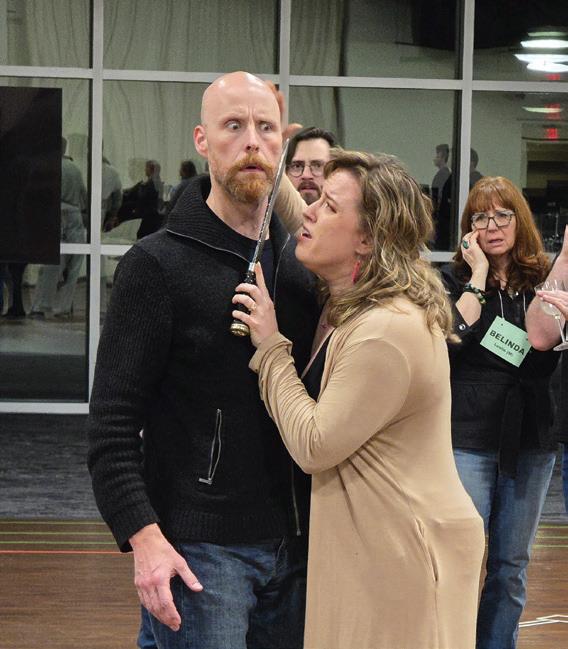
“Rainelle Krause is a dream to work with, a fabulous singer and a wonderful actress,” Hoomes says. “She’s quite fearless in the way she approaches a role — and you have to be with this piece. It requires an incredibly refined technique, but if you concentrate solely on the vocal lines, the acting suffers. It becomes a ‘stand and sing’ approach. Making sure the drama is as strong as the vocals — that’s the challenge. And that’s what Rainelle brings to this role. This may be her first Lucia, but I don’t think it will be her last. I’ve always loved this piece, and I can’t wait for our audience to experience it.” ▼
And for Hoomes, that’s the beauty of Lucia. He says audiences can expect a grand production, complete with rich tartans and period costumes, that balances “ravishingly beautiful” vocals with striking theatricality.
April 3 and 5 at TPAC’s Jackson Hall

support

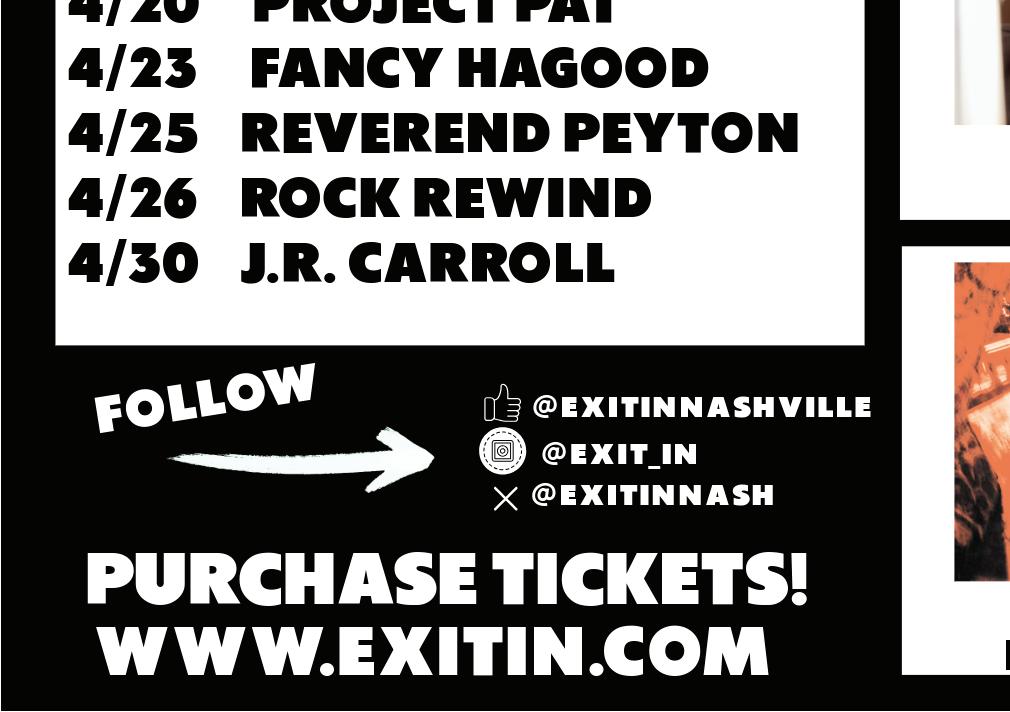



become a member of . get cool stu .





BY JASON SHAWHAN
IT IS NOT AN EXAGGERATION to say that Knoxville’s Big Ears Music Festival is one of the most impressive in the world, and most certainly one of the coolest things that happens annually in the state of Tennessee. There is such an overwhelming array of performers, styles and experiences available that you could talk to 10 people in attendance and it’s possible none of their concerts would overlap. If you go, you get to take full advantage of many exceptional venues of all sorts that are — and this is a big thing — easily walkable, even for a decrepit critic subject to metatarsal foolishness like me.
My last Big Ears experience, in the long, long ago Diamanda Galás year of 2018, mostly involved their film section, due to a combination of scheduling and a lot of rare offerings. But in an instance of the universe deciding to even things out a bit, this year’s film section was a remarkable array of music films and documentaries, almost all of which I had seen thanks to the Belcourt’s Music City Monday series. But you can’t beat the Big Ears programming teams for variety and innovation, because any film freak worth their salt had to be sure to catch composer Eiko Ishibashi performing a live score for a fascinating Ryusuke Hamaguchi curio called Gift — basically a compacted digest of his 2023 film Evil Does Not Exist. At times experimenting with lengthening and recontextualizing elements of the film like a cinematic dubplate, it eventually becomes a stripped-down presentation of the whole film in 45 minutes. And to be honest, Ishibashi’s work is captivating and hypnotic, but Gift could have had most of its intertitles removed and summaries excised. It wasn’t about the plot, just the interplay between image and sound.
On a day defined by form and function, you can rely on the Philip Glass Ensemble to teach you how it’s done. Performing Music in Twelve Parts across two days — I was there for parts 7 through 12 only, because Day Job — they illustrated what is enthralling about what is commonly called minimalist music: dilating time and space through subtle variation, playing with arrangement and expectation in a way that felt like an alteration in the world surrounding the listener. Seeing this live performance also illustrated the profound athleticism that this sort of undertaking requires. Seated over to the right of the stage was the perfect view of the exhausting finger work one of the two organists was throwing down on the keys, and I really want to know the kind of workouts the members of the PGE undertook to be able to achieve this marathon of music.
That particular day finished up, in one of those bookending serendipities, with the Sun Ra Arkestra. I had chosen this performance to serve a metaphor, thinking that I’d started with the PGE and would finish with the Arkestra as if I had started with Giorgio Moroder-era Keith

Forsey and finished with Amon Düül II-era Keith Forsey. But that just goes to show my own shaky knowledge of how jazz evolves. (It’s been a good 20 or so years since my last in-concert jazz freakout, at Windows on the Cumberland with Nashville’s own Transcendental Crayon Ensemble, and my only real area of focus in the vast world of free jazz was someone I loved dearly teaching me about Albert Ayler.) The Arkestra, for a 10-piece experience, has surprisingly tight grooves and a remarkable fusion of what to me sounded like Yoruba elements and some exquisite tropical percussion. No piano, but how could you try to replicate what the late Sun Ra could do on piano? It lingered in the air and in the vibe, a tribute in absence.
kind of familiar intimacy always yields things both entertaining and inspiring. And how could you not want to be part of something that goes from the beginnings of Space Music to The Eternal Drone?
Read our review of Deftones’ sold-out Bridgestone Arena show at nashvillescene.com/music
Ever since happening into Rachika Nayar’s incredible set opening for M83 at Marathon Music Works back in April of 2023, I have been trying to preach the gospel of the talented multi-instrumentalist. She came armed with a guitar, a laptop, an array of effects pedals and a smoke machine that she played just like the instruments. She delivered something noisy and exquisite and wild, and it wasn’t like any other live experience I’d ever had on that scale. The live premiere of her new project with composer-performer Nina Keith (their album Disiniblud will be out in July) in a lovely but imposing Methodist Church over near the Sunsphere was something essential. The two work very well together, alternating on piano with both intermittently presiding over computers, samplers and effects modules, with Keith also bringing in guitar as the experience continued to evolve.
The stained-glass windows in the narthex were complemented by some impeccable projected visuals, the dolls were present and had proclaimed it sundress season, and it was one of many transcendent experiences that just happened along over the weekend. It was the perfect place to go after a discussion with ambient legend Steve Roach and music writers Linda Kohanov and John Diliberto. I knew nothing of any of their work, but I love discussions with artists and critics who’ve been in the game and known each other for decades, because that
We are lucky to live in a time when we have artists like Maxwell, Chris Rea, Gavin Friday and evenstill-sometimes Dave Gahan from Depeche Mode. But nobody can quaver like Tindersticks’ Stuart Staples, and the five-piece’s Sunday morning set (what Rostam termed the “sexy brunch” slot back in ’18) was a perfect storm of immaculate vibes and moody exploration — and above all that voice, casting spells and rocking out in a singular, atmospheric way. When “Willow,” the song they wrote for Claire Denis’ 2018 film High Life, turned up midway through, it was a convergence of stellar musicianship and arthouse ambition, and it was awesome.
I found my way to Beak> for two reasons: To the surprise of most, I am not averse to rawking out (I’m just very picky about the circumstances), and my friend Zack said I ought to because I liked Ben Wheatley’s films and the music of Portishead. Now these were tenuous associations, but it ticked the right box in my head, and I had a great time. The Beak> boys were genial and hilarious, and their grooves were heavy and transportative, incorporating a lot of elements and pollinating genres and not afraid to skew danceable-groovy if the mood struck them. Beak> pecks at the same part of the hippocampus where Foreigner’s “Tramontane” lives rent-free forever.
One of the few generally good things about getting old is that almost anything, if it’s meant something to you for long enough, can be its own Proustian reverie. The playlist you can hear in the online version of this story offers a series of roots that brought me to each of these artists. Figure out the contexts if you are so inclined — I’d love the thought of being a fun challenge. No thanks at all to the powers that be for continually blocking the video of Philip Glass and the
PGE performing “Lightning” with Janice Pendarvis on SNL in 1986 — it’s still the most electrifying and avant-garde musical performance that’s ever been on the show. More than (sigh) Kanye’s “Runaway.” More than Gaga’s “Killah.”
“I expect birthday cards from all of you,” Swamp Dogg told the audience at Jackson Terminal. “It’s July 12, and I’m going to be 83 years old.”
That would be a hell of a mic drop if the master showman hadn’t just closed with a 13-minute version of John Prine’s “Sam Stone” that held space for a heartfelt moment wherein Mr. Dogg (I would never claim the familiarity to call him Swamp) spoke passionately about the kindness we as a people needed to show the people experiencing homelessness outside of pharmacies. He also journeyed into the audience, shaking hands with easily a third of the people there, including me. And when you make real eye contact with someone who has written many of the greatest English-language songs of all time — two of them being “You Are the Circus” by C and the Shells and Doris Duke’s “He’s Gone” — when he’s been talking about real, human connection, that shit will shake you to your core. And this was after he painted the room nasty with “Mess Under That Dress” and testified with “She’s All I Got” like he was in church court.
The sound check had become the beginning of the show suddenly, and it was a wild ride with the R&B and country legend. “Sometimes I forget shit,” he said up front, and though there were a few moments where things seemed a tad tenuous, he and his band always brought it back around. “It’s hotter than 500 motherfuckers up here,” he declaimed, with the kind of timing hewn from almost 65 years in the game and on the road. “That’s a lot of motherfuckers.”
If Swamp Dogg’s plea for compassion was the anchor of decency and support that everyone could use, then the main sails of How Things Are and What Can Be Done About It were unfurled by a pair of impeccably, expressively voiced queer artists. They performed on separate nights but on the same stage, stoking some revolutionary fires at the Knoxville Civic Auditorium
When ANOHNI and the Johnsons opened with “Scapegoat,” it was on. Pulling no punches and letting no one disengage, ANOHNI used that exquisite, enveloping and unearthly voice as a caress, a vise, a life-saving IV and the injection that kills your illusions. Afterward, it was a fascinating endeavor to hear the snippets of grumblings from those who felt the uncompromising songs and tone with which she spoke were somehow uncharacteristic of a modern legend. But it seemed like an indictment of doubly not paying attention on the grumblers’ part. ANOHNI does not tend to fuck around, and even in the warm embrace of an upscale music festival, the situation nationally and globally is dire.
But that doesn’t really get at the comprehensive range of emotions this set gave us. A cover of “Coney Island Baby,” including Lou Reed’s original shout-out to Rachel Humphreys, tore the roof off. And an encore of The Velvet Underground’s “I’m Set Free” was a whirl of such overwhelming joy that it boggles the mind that anyone could feel like they were being
preached to.
Because even in a moment as stark and upsetting as “Drone Bomb Me,” the lighting design and ANOHNI’s movements managed to let every nuance hit as both indictment and allegory. There was a moment lit in blood-red DePalma light that was one of the most striking images I’ve ever seen in a concert. And that’s not even getting into the excerpted voice of historian-critic Vito Russo (I was openly weeping), or the introduction to “Another World,” where she spoke about Joan Baez and her decision to cover the song — and how it broke her heart, because it is easier to accept being a Cassandra, or a hyperdramatic, or a hysteric than it is to accept being right about such things. I remain in awe.
And then, to finish off the whole festival two nights later, Rufus Wainwright appeared on the same stage. You could say that, through the use of a deft turn of phrase or a touch of leavening humor behind the piano or playing guitar, he wasn’t operating on the same level when it came to being real about what all was going on around us. But you would be wrong, because no queer artist performs in Tennessee without being very much aware of the stakes. To perform “Gay Messiah” feels dangerous. “Going to a Town” loses none of its exasperated horror in its catchiness. “A Real Man,” the song he wrote for special guest Amber Martin — with whom he is coming to Nashville to do some writing, so if
Jefferson Street Sound Museum Presents SYMOR
Jefferson Street Sound Museum Presents SYMOR
(Pronounced SEE MORE)
(Pronounced SEE MORE)
Start Your Month Off Right www.jeffersonstreetsound.com
Join us at JSSM on Monday April 7,2025 from 7pm-9pm for an OPEN MIC experience.
Need a laugh? Come see Mike Drew! Comedian extraordinaire!


Share your talents and be part of the SYMOR community. Calling all talented individuals: singers, musicians, comedians, spoken word, entertainers.This is your time to shine!
Jefferson

you see him locally this week, give maximum respect — gives classic country energy while also laying down some moral absolutes it would do well for all of us to remember.
Wainwright has always had the gift of classical showmanship, as well as a razor-sharp gay charm that leaves you well aware that you’ll never fully know to what extent you’re in on the joke. His voice is in majestic form, a clarion call since the late ’90s for everyone trying to get their words around their emotions, and he made sure that the feelings held in the air — a benediction for the bewildered. And when he unexpectedly ended the main set with “Cigarettes and Chocolate Milk” from Poses, it was like a dam broke and we could all just have that moment to think about pleasure and soak in the experience, all the while chaos looms around us.
▼

Featured artist Carlos Deford Bailey is a talented harmonica player and grandson of the Grand Ole Opry’s “Harmonica Wizard,” Deford Bailey.
Carlos DeFord Bailey lights up the stage at the Grand Ole Opry, a testament to the musical and cultural legacy coursing through his veins.
Bailey, who has been a familiar face to travelers at Nashville’s airport for the past 25 years as the “Music City Shoeshining Man,” transforms by night into a singer, carrying forward a family tradition.
Share your talents and be part of the SYMOR community. Calling all talented individuals: singers, musicians, comedians, spoken word, entertainers.This is your time to shine!
Saturday, April 5
SONGWRITER SESSION
Jefferson Street Sound Museum 2004 Jefferson Street • 615-414-6675
Tommy Karlas
Doors open at 6:45pm
NOON · FORD THEATER
Saturday, April 5
www.jeffersonstreetsound.com
FILM SCREENING AND CONVERSATION
Stepping into the Unknown Films from the Bob Dylan Archive 2:30 pm · FORD THEATER
Sunday, April 6
HATCH SHOW PRINT
Family
Block Party
9:30 am · HATCH SHOW PRINT SHOP LIMITED AVAILABILITY
Sunday, April 6
MUSICIAN SPOTLIGHT
Jaime Hanna
1:00 pm · FORD THEATER
WITNESS HISTORY
Museum Membership
Receive free admission, access to weekly programming, concert ticket presale opportunities, and more.
Saturday, April 12 WRITERS ROUND The Songs of Bobby Bare 11:30 am · FORD THEATER
Saturday, April 12
NASHVILLE CATS
JayDee Maness 2:30 pm · FORD THEATER
Sunday, April 13
MUSICIAN SPOTLIGHT Todd Lombardo 1:00 pm · FORD THEATER
Saturday April 19
SONGWRITER SESSION Scoot Teasley NOON · FORD THEATER
Sunday April 20
MUSICIAN SPOTLIGHT Becky Buller 1:00 pm · FORD THEATER



Hell of a Summer is comfy, sharp comedy-horror
BY JASON SHAWHAN














































law firm to return as a counselor to Camp Pineway, the scene of his sometime triumphs/sometime frustrations, as well as the place that may constitute the extent of his social development. And while he seems utterly content to be back, there’s a sense that he is internalizing his mom’s anxiety about his future, and whatever was once liberating about this place has now become a harness anchoring him in place. Also, there’s a murderer.



































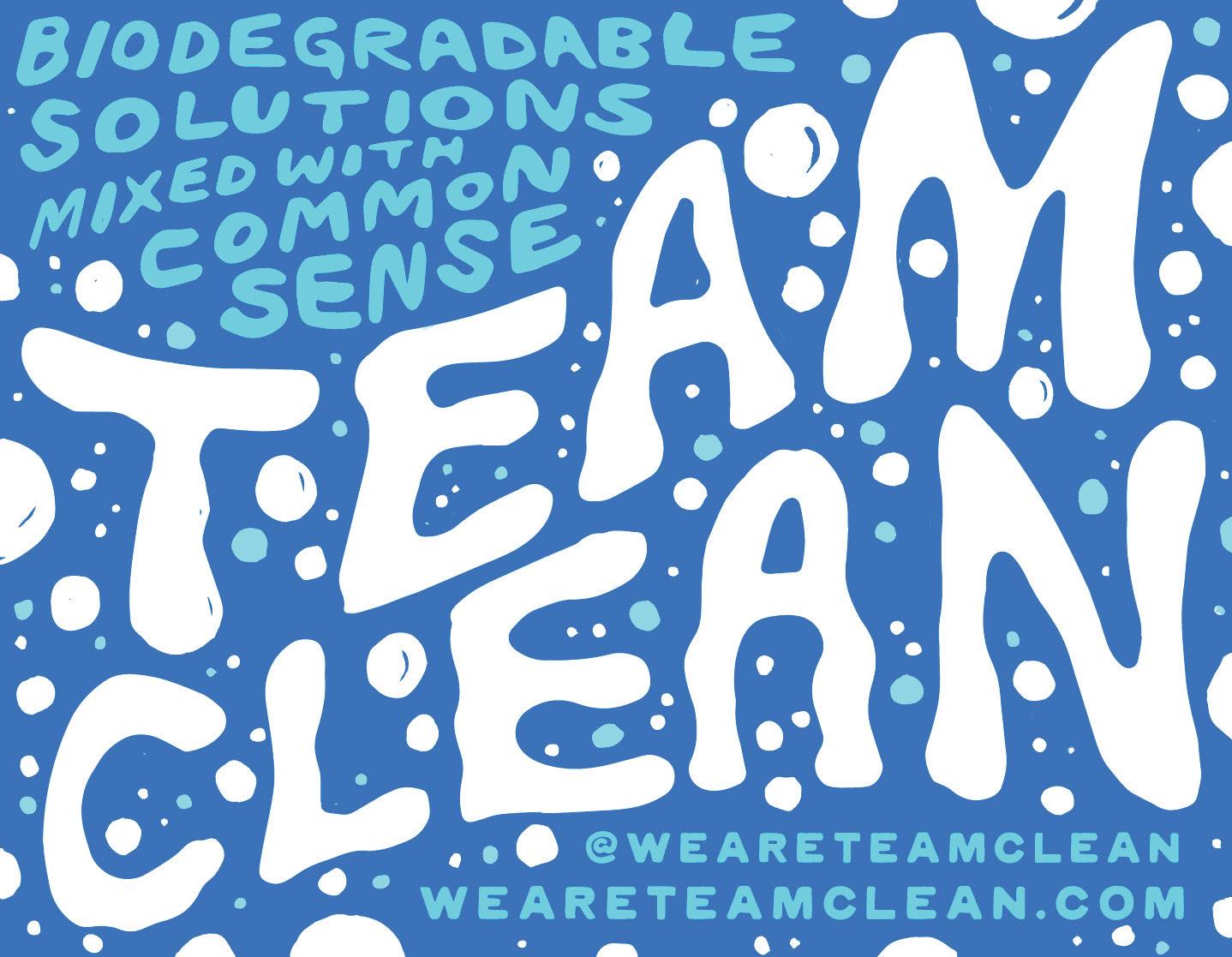

THERE IS A VERY specific kind of horror performance that makes legends — an insecure and uncertain character portrayed with the kind of sure hand that only an actor’s complete confidence in the film can yield. The apotheosis of this kind of turn is Crispin Glover in Friday the 13th: The Final Chapter, but you’ll also see it in Hank Harris in Hellbent, Stephen Geoffreys in Fright Night or Nicolas Cage in Vampire’s Kiss This kind of performance is gutsy in the ways that never win Oscars but earn the lifelong respect of the genre community, an immortality commemorated around campfires, medium- to extra-large-size bongs or studio conference tables when they speak of inspiration but are actually looking for something to dilute and resell to audiences. That’s what Fred Hechinger does in Hell of a Summer

When you spend a film with a lead character who simultaneously is and is not the romantic lead but also walks the fine line between “couldn’t possibly be the killer” and that creeping suspicion that This Guy Might Be the Killer — and who keeps that going for the first two acts without ever tipping his hand or breaking the fourth wall — you have to respect that. Even if the rest of Hell of a Summer were a road-company production of the Passion Play we as a culture have been re-enacting since Friday the 13th first hit the big screen, it would still be worth a look. But the feature debut from writing/directing/ acting team Billy Bryk and Finn Wolfhard is neither rehash nor slash-by-numbers. It’s a throwback in form, but it engages with the material through its own lens. There are no easy references or signifiers of past efforts to grab that automatic goodwill that some genre pastiches wallow in.
His counselor compatriots are a fascinating assemblage of this era’s youth archetypes, ready to be perforated and dissected (emotionally and literally). Personal faves include Bobby (Bryk), who is allowed a psychological complexity that continues to evolve in funny and unfamiliar ways when compared to many contemporary horrors, and Claire (Abby Quinn), who isn’t really like any female characters we’ve seen in this type of film before. As for Wolfhard, he knows how an ensemble works and finds the exact right spaces to dip in and out, keeping nimble in front of the camera and doing the work. And kudos to any horror film that snags Adam Pally, herein part of the film’s

opening inciting incident.
In the grand tradition of summer-camp horrors, this film is an exorcism of the particular uneases that disturb a generation. It’s not trying to remix the sexual minefields of The Burning or Sleepaway Camp, or parse the dialogue between generations like Final Girls does, or reckon with collective guilt the way the Fear Street trilogy does. If anything, Hell of a Summer is a statement that Wes Craven once again saw the way the winds were blowing, and Scream 4 increases its reputation as a work of prophecy. It’s also oddly cozy — a fun chill amid the bloodletting. (If anything, it could have used a longer runtime, especially in its first third, where the vibe hits the hangout-horror equilibrium of an All the Boys Love Mandy Lane or an April Fool’s Day. The brisk 88-minute runtime hurtles by.)
But back to that lead performance. As Jason Hochberg, Hechinger is giving us a 24-year-old guy who just turned down an internship with a
That said, the film pulls its punches with its kills to the extent that it actually resembles those Golden Age slashers that got cut to the bone to appease the then-MPAA. There’s one exception to this, and it’s a scene that has more to say semiotically than pretty much any other scene in the film, and it would be a great big spoiler to get into, but you’ll know it when you see it, and you may likely also wonder, “Why this one?” There are also several nighttime outdoor sequences that have just enough light to see what’s going on — provided you’re seeing the film in a theater that engages in proper lamp-bulb maintenance. (You will likely already know if your preferred theater does this or not.) But on the whole, Hell of a Summer is a comfy blanket of a film with some sharp edges, featuring a performance that’ll stick with you for a while to come. ▼
Hell of a Summer R, 88 minutes
Opening Friday, April 4, at Regal and AMC locations
1 Leftover bits
6 They might be kept on someone suspicious
10 Pupil : aperture :: ___ : diaphragm
14 Jason who plays Aquaman
15 On task
16 Pro wrestler John
17 Like a filthy flue
18 Pants in which you may carry a glove
20 Actor ___ Jackson Jr.
22 Meals at boot camps
23 Pants in which you may carry a pen
26 Husband of Sif, in Norse myth
27 Try to win over
28 Absolutely dominate
29 Pass it on!
31 Small handful
32 Didn’t cook one’s food
34 Oven option
35 What the U’s in this puzzle’s solution represent
37 Stick in a bucket?
40 Describe in a story
41 “Me!”
42 Salsa ___
43 Pest that can be a pet
46 Fish whose most plentiful species are the “Atlantic” and “Pacific”
47 Matches or watches
48 Pants in which you may carry a key
50 Script divisions
55 Big name in commercial trucks
62 Apt surname for Scarlett?
63 Mars, by another name
64 Herb with a silent H DOWN
1 X- communicates?
59 Juneau’s is roughly nine times New York City’s 60 Delicacy 61 Snakelike, in a way
2 Kid-lit character whose name rhymes with his book’s title character
3 Brooding genre
4 Shook one’s defender, in sports lingo
5 States something with authority
6 Salt Lake ___, broadcasting home for radio’s “Music & the Spoken Word” since 1929
7 Book you won’t get lost in?
8 2000s HBO series about a polygamous family
9 Broccoli feature
10 Skating performance
11 Grounds
12 Word before peace or planet
13 Back talk
19 Compact Volkswagens
21 Chop
23 Nest piece
24 Tomato type
25 Bad comment to hear from your surgeon
29 Hearty slow-cooker meals
30 Creative class 33 Ring call, for short
Greek goddess of spring 36 Previous
___ Mouse 38 Sulfur property 39 Vanilla holders
40 Certain young parent
42 Made a sudden turn
44 Some of these include coupons
45 Strong desire
47 Make a basket, maybe
48 “Dubliners” author
49 ___ out (intimidate, as by appearing very confident)
50 Mark for life
51 Spanish title: Abbr.
54 Crew item
56 Word with May or D
57 Bark beetle’s target
58 Manhattan component





IN THE CHANCERY COURT FOR THE STATE OF TENNESSEE TWENTIETH JUDICIAL DISTRICT, DAVIDSON COUNTY No. 24-1273-II
IN RE: THE MATTER OF NAME CHANGE OF KALIYHA FINLEY-GRAY BY NEXT FRIEND: PATRICIA GRAY Petitioner, vs. TARVISO FINLEY Whereabouts Unknown Respondent.
ORDER
IT IS ORDERED, ADJUDGED, and DECREED that the Motion for Service by Publication filed by Petitioner, Patricia Gray, as Next Friend of her granddaughter, Kaliyha Finley-Gray, is hereby granted and it is hereby ordered that Respondent, Tarviso Finley, will be served by publication notice in The Nashville Scene, a newspaper published in Davidson County, Tennessee for a period of four (4) consecutive weeks. IT IS ORDERED.
ANNE C. MARTIN CHANCELLOR, PART II
APPROVED FOR ENTRY: Marykate E. Williams #041708
CAMPBELL PERKY JOHNSON, PLLC 329 S. Royal Oaks Blvd., Suite 205 Franklin, Tennessee 37064 (615)914-3038 marykate@cpj.law
NSC 3/13, 3/20, 3/27, 4/3/25
IN THE CHANCERY COURT FOR DAVIDSON COUNTY, TENNES-
SEE Docket No. 24-1495-III
COTTAGES AT WILLIAMS BEND TOWNHOUSE CORPORATION, Plaintiff,
v. ELTON D. FIELDER, Defendant.
PUBLICATION NOTICE PURSUANT ORDER GRANTING MOTION FOR SERVICE BY PUBLICATION ON DEFENDANT
By the Order Granting Motion for Service by Publication on Defendant of the Davidson County Chancery Court and signed on March 6, 2025, it appears that the Defendant Elton D. Fielder, owner of real property at 1621 Lincoya Bay Drive, Nashville, Tennessee 37214, cannot be located upon diligent search and inquiry and that ordinary process of law cannot be served upon him. Service of process by publication pursuant to Tenn. Code Ann. §§ 21-1-203 and 204 has been ordered, and Elton D. Fielder is hereby required to appear and answer or otherwise defend against the Complaint for Monetary Damages and for Judicial Foreclosure filed on December 10, 2024 by the Plaintiff Cottages at Williams Bend Townhouse Corporation, whose attorney is David M. Anthony, Exo Lega PLLC, 901 Woodland Street, Nashville, TN 37206, within 30 days after the date of the last publication of this notice; otherwise, a default judgment shall be entered against said defendant in open court for the relief demanded in the petition.
This notice shall be published in the Nashville Scene, a newspaper of general circulation serving Davidson County, once weekly for four consecutive weeks.
By: David M. Anthony, Exo Legal PLLC - david@exolegal.com - (615) 869-0634 Attorneys for Plaintiff NSC 3/13, 3/20, 3/27, 4/3/25
UBS Business Solutions US LLC has the following positions in Nashville, TN. Associate Director, Technical Support Specialist to planning and testing the application, configuration and database changes, and installation of upgrades and patches and update production support documentation. Requires B+6yrs. exp. (ref. code(s) 001925). Qualified Applicants apply through SHProfRecruitingcc@ubs.com. Please reference 001925. NO CALLS PLEASE. EOE/M/F/D/V. #LI-DNP.
UBS Business Solutions US LLC has the following positions in Nashville, TN. Authorized Officer, Tech Support Analyst to contribute to the operation of new and existing IT products and services. Requires M+3yrs. exp or B+5yrs. exp. as an equivalent alternative. Can work remotely. (ref. code(s) 001585). Qualified Applicants apply through SHProfRecruitingcc@ubs.com. Please reference 001585. NO CALLS PLEASE. EOE/M/F/D/V. #LI-DNP.
We are there when you need us for home & car lockouts. We’ll get you back up and running quickly! Also, key reproductions, lock installs and repairs, vehicle fobs. Call us for your home, commercial and auto locksmith needs! 1-833-237-1233 (CAN AAN)
Looking for 1920-1980 Gibson, Martin, Fender, Gretsch, Epiphone, Guild, Mosrite, Rickenbacker, Prairie State, D’Angelico, Stromberg. And Gibson Mandolins / Banjos. These brands only! Call for a quote: 1-833-641-6624 (CAN AAN)
VIAGRA and CIALIS USERS!
BEAUTIFUL BATH
UPDATES in as little as ONE DAY!
Superior quality bath and shower systems at AFFORDABLE PRICES! Lifetime warranty & professional installs. Call Now! 1-833-423-2558 (CAN AAN)
A recent survey says that most Americans are overpaying for their car insurance. Let us show you how much you can save. Call Now for a no-obligation quote: 1-833-399-1539
(CAN AAN)
A small amount of water can lead to major damage and mold growth in your home. We do complete repairs to protect your family and your home’s value! For a FREE ESTIMATE, call 24/7: 1-888-290-2264 (CAN AAN) DO YOU OWE OVER $10,000 TO THE IRS OR STATE IN BACK TAXES?
Get tax relief now! We’ll ght for you! 1-833-441-4783
(CAN AAN)



A cheaper alternative to high drugstore prices! 50 Pill Special - Only $99! 100% guaranteed. CALL NOW: 1-833-641-6594
(CAN AAN)
Drafty rooms? Chipped or damaged frames? Need outside noise reduction? New, energy ef cient windows may be the answer!
Call for a consultation & FREE quote today: 1-833-890-1293 (CAN AAN)
AGING ROOF? NEW HOMEOWNER? STORM DAMAGE?
You need a local expert provider that proudly stands behind their work. Fast, free estimate. Financing available. Call 1-833-889-1843 (CAN AAN)
YOU MAY QUALIFY for disability bene ts if you are between 52-63 years old and under a doctor’s care for a health condition that prevents you from working for a year or more. Call now! 1-833-641-3892 (CAN AAN)
BEST LOCAL FAMILY OUTING
Adventure Science Center
Underdog
Tennessee Central Railway Museum
























































